Chemistry and Chemists № 2 2024
Journal of Chemists-Enthusiasts
| Content | Chemistry experiments - video | Physics experiments - video | Home Page - Chemistry and Chemists |
|
Chemistry and Chemists № 2 2024 Journal of Chemists-Enthusiasts |
Plants as acid-base indicators - part 14, 15, 16 Volodymyr M. Viter |
|
Having noticed a mistake in the text, allocate it and press Ctrl-Enter
Flowers of Vinca minor, ammonia and acetic acid - part 14
Lesser periwinkle (Vinca minor) is an unpretentious plant that prefers to grow in temperate deciduous forests in the shade. In Ukraine, lesser periwinkle is widespread in the wild, it is also actively grown as an ornamental plant in gardens, parks and cemeteries. The plant covers the soil with a thick, dark green carpet, on which violet or blue flowers appear in the spring. This "green carpet" is often preserved under the snow in winter. It is not surprising that the lesser periwinkle is one of the favourite plants of Ukrainians and is frequently mentioned in folklore, along with a few other plants. Lesser periwinkle is also a medicinal plant, but its collection and use require caution since the plant is far from harmless from a toxicological point of view.
Цветы Vinca minor (Барвинок малый), аммиак и уксусная кислота - часть 14 While experimenting with plant pigments, I remembered lesser periwinkle. Its violet flowers should suit our experiments well. The lesser periwinkle covered the ground with a beautiful carpet of leaves... right next to a well-known large landfill located near a radioactive waste disposal site. Collecting lesser periwinkle flowers in this place, you know, is a dangerous occupation. However, neither the household and chemical waste buried inside the massive hill, nor the radioactive waste buried in the next hill a little further away, nor the streams of water flowing from these storage facilities were the main danger. The threat was biological. As soon as I entered the forest to pick lesser periwinkle flowers, clouds of mosquitoes flew from all over the area, trying to eat me alive. I picked a few flowers and hurried away. I placed a violet lesser periwinkle flower in a glass and added a concentrated ammonia solution. The purple colour gradually turned into light blue, then into green, then into yellow. At the end of the experiment, the flower turned completely yellow. I placed the other two flowers of lesser periwinkle in a clean glass and added glacial acetic acid. The violet flowers first became lilac-pink (pink colour with a purple tint). After prolonged contact with the acid, the flowers turned red, and the acetic acid itself turned pink at the bottom of the glass. The observed changes in the colour of lesser periwinkle flowers in acidic and alkaline solutions are also characteristic of other plants that have blue and purple flowers. Experiments with some of them are described in the previous parts of the article. |
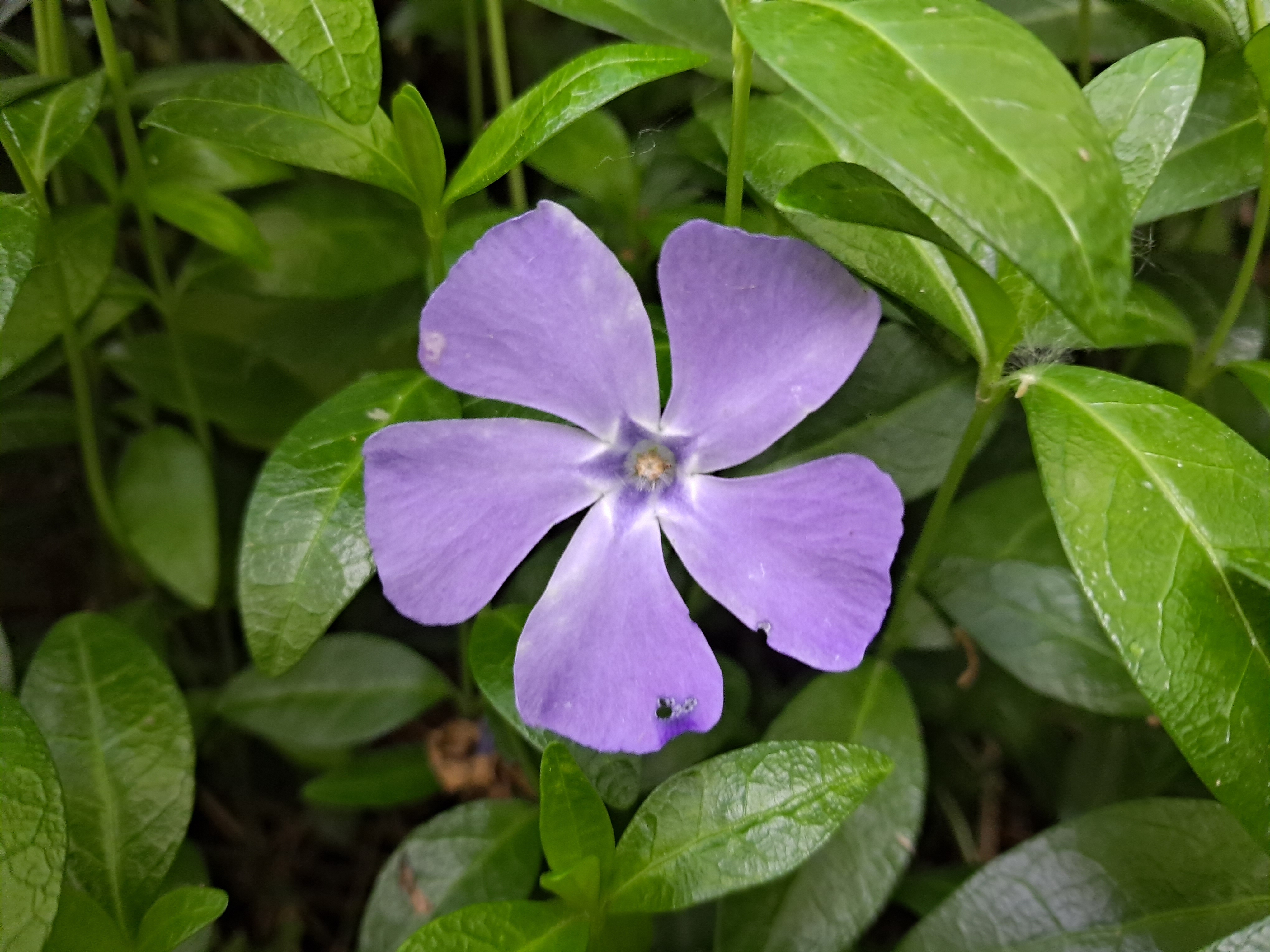
Vinca minor (Lesser periwinkle) |

|
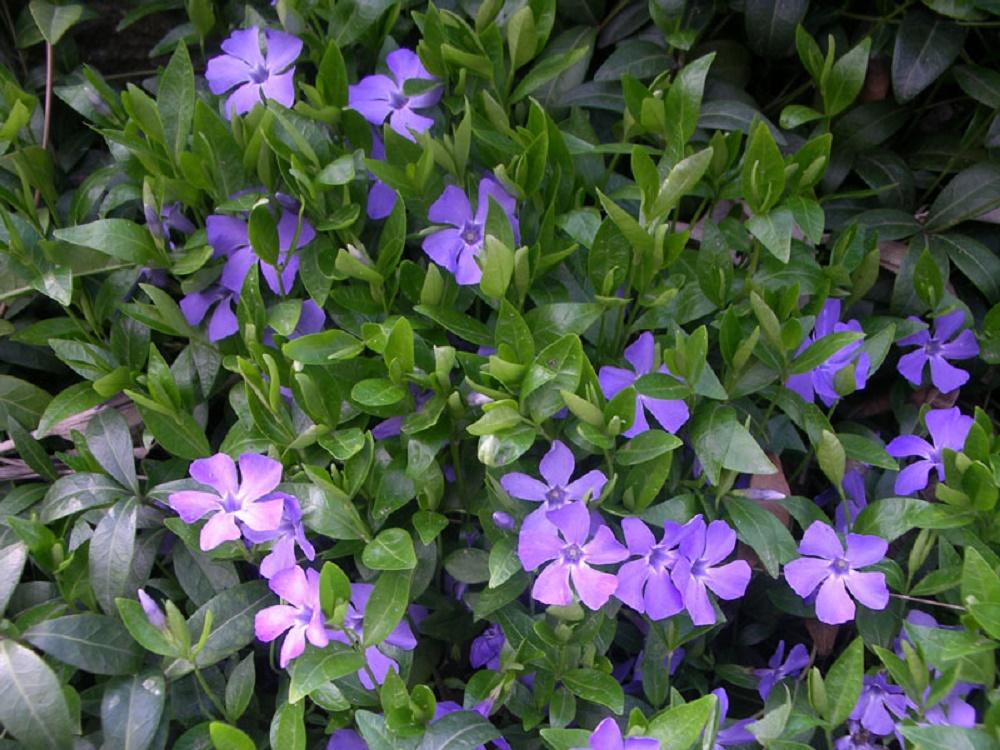
|
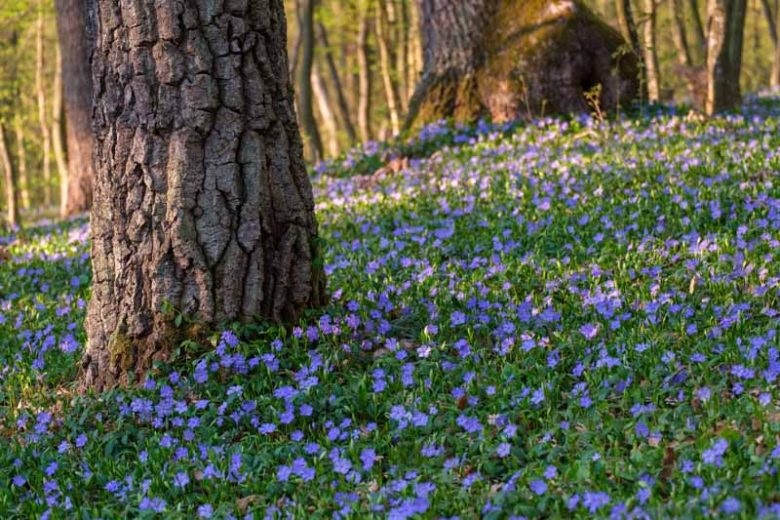
|
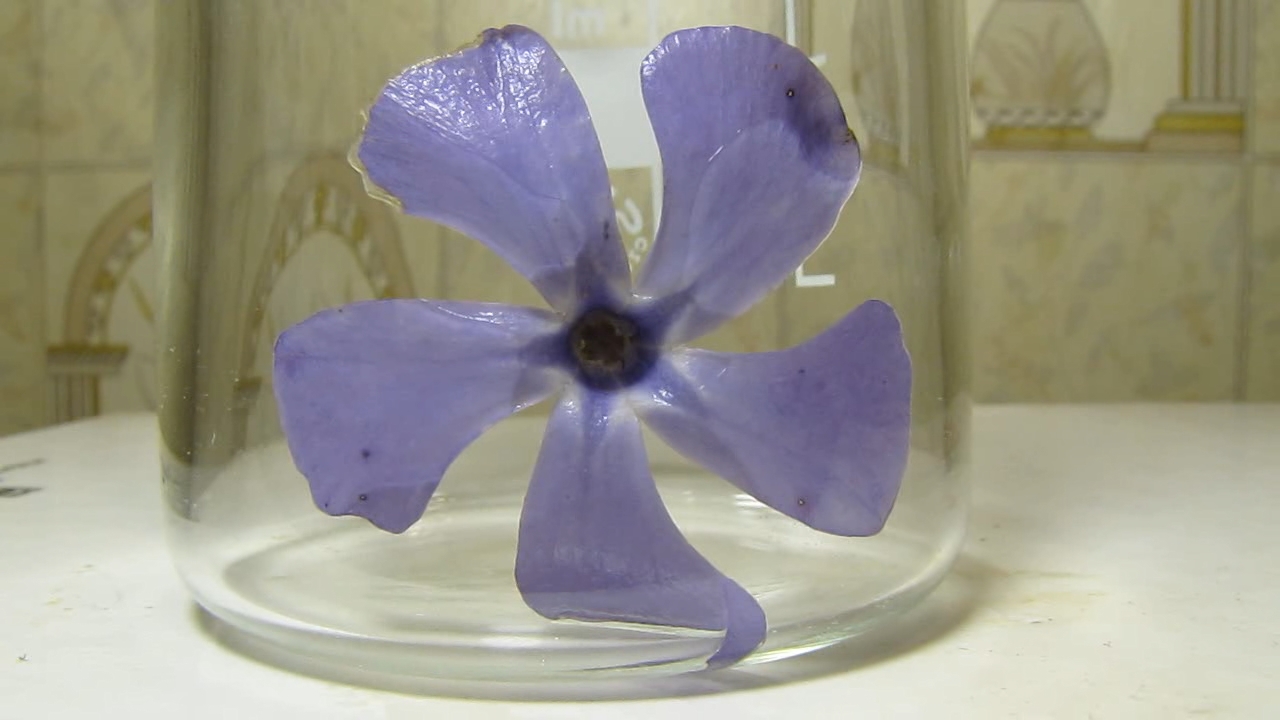
Flowers of Vinca minor and ammonia |

|
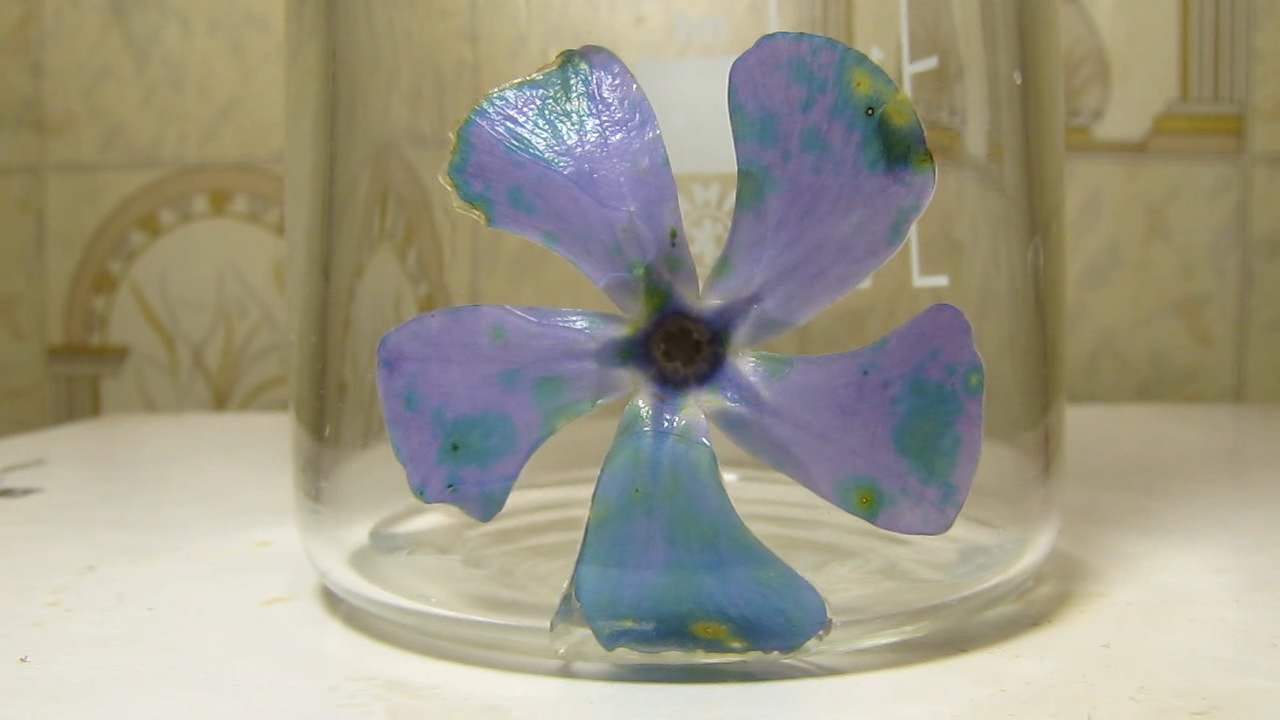
|
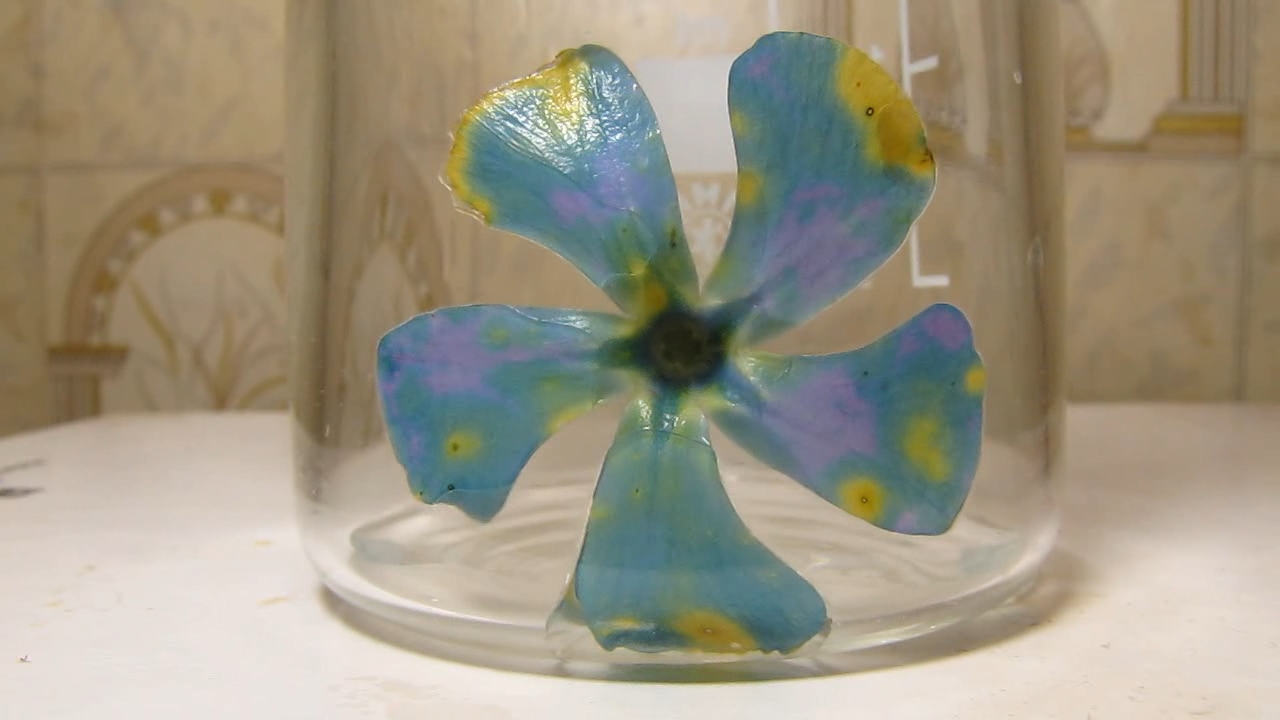
|

|
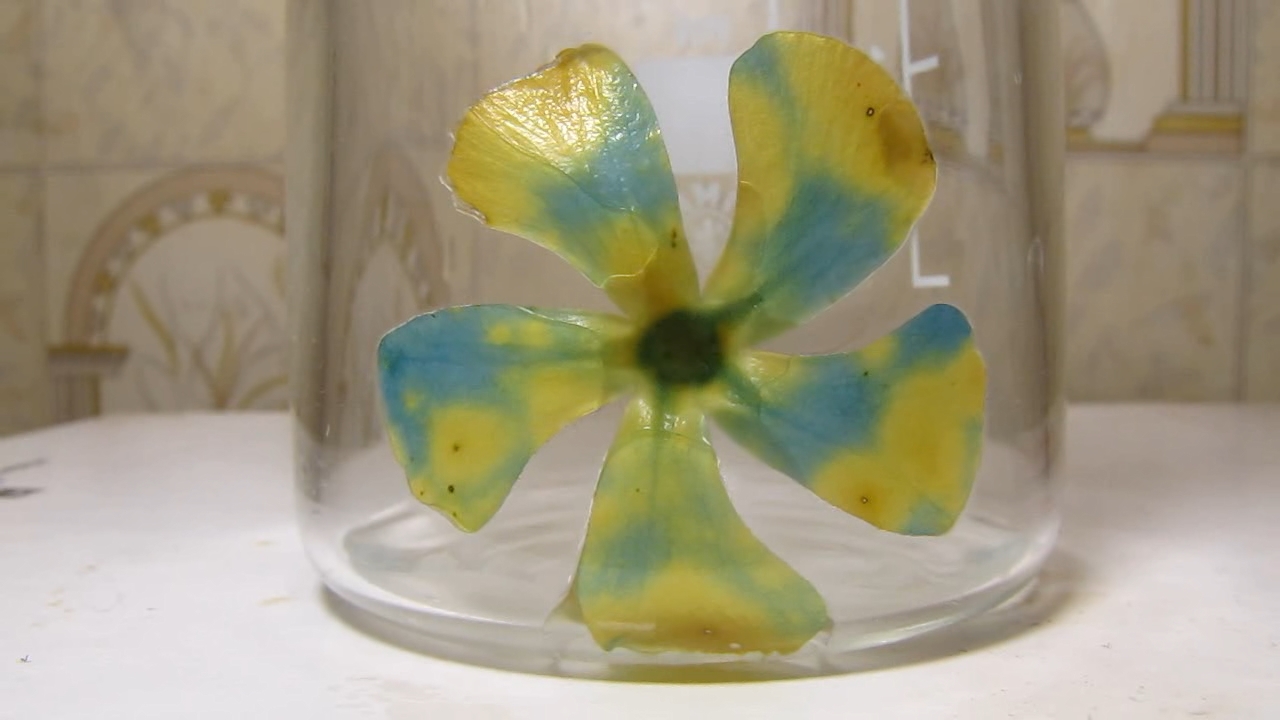
|
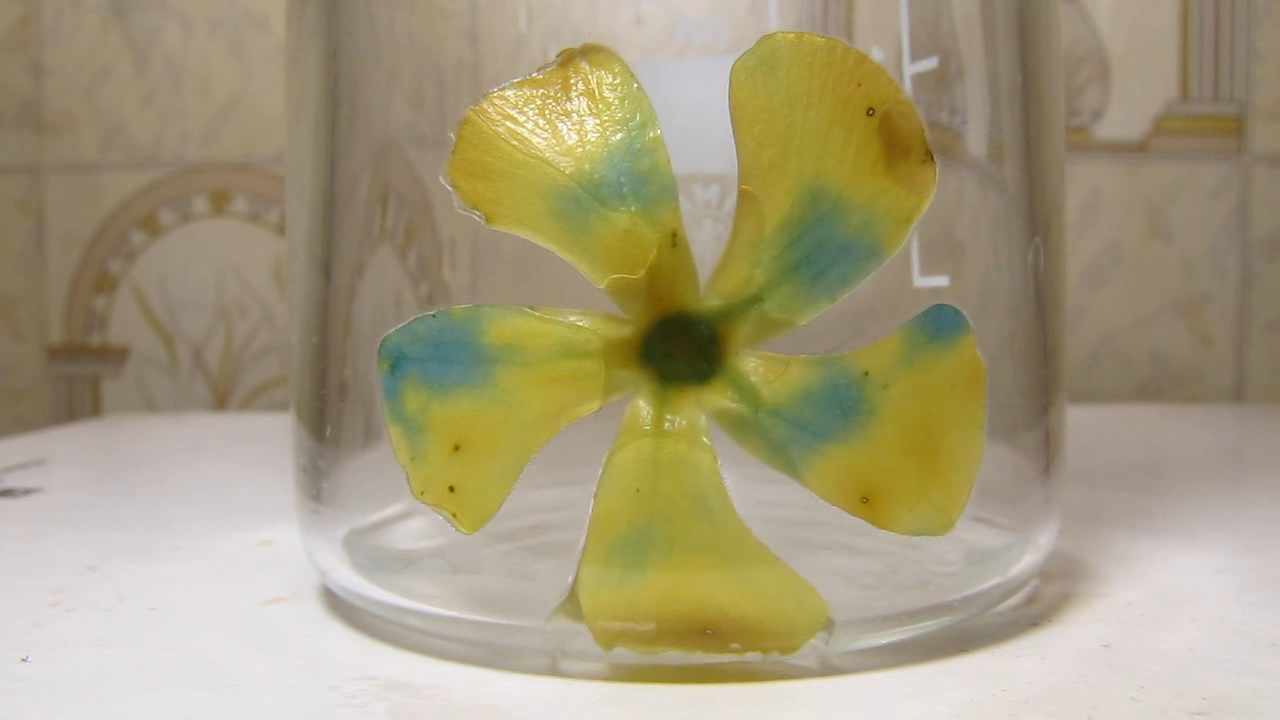
|

|
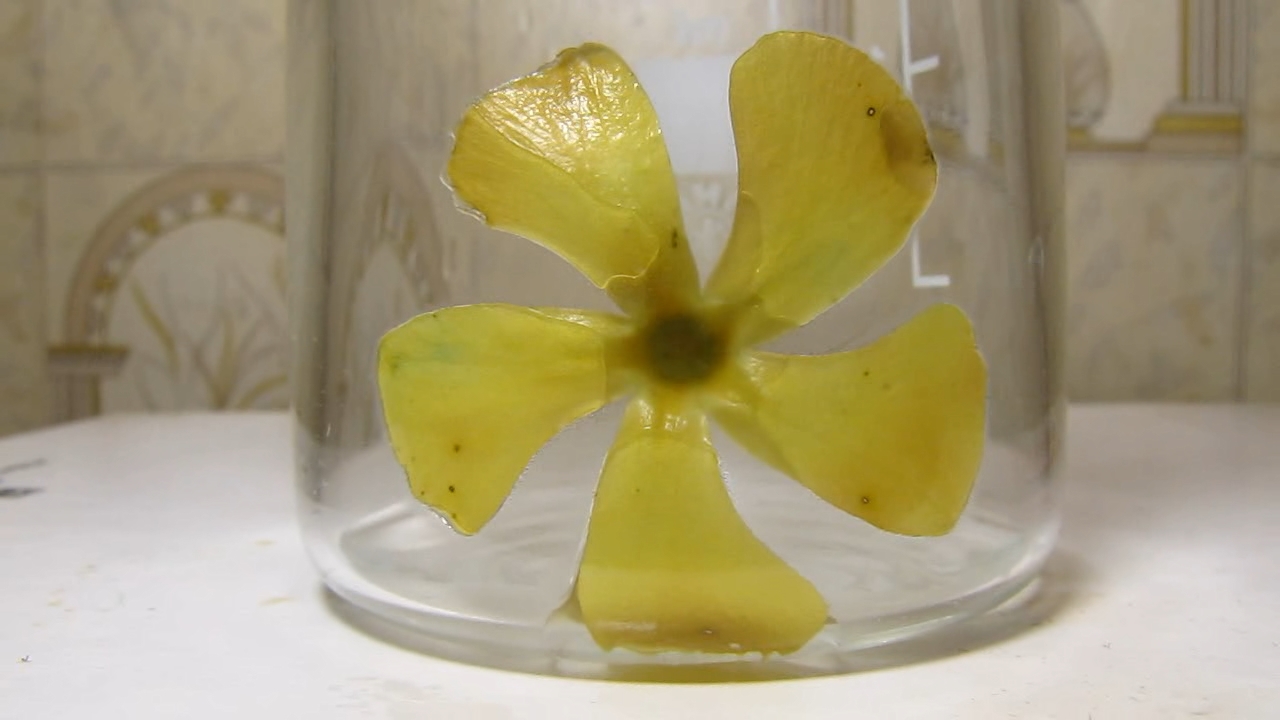
|
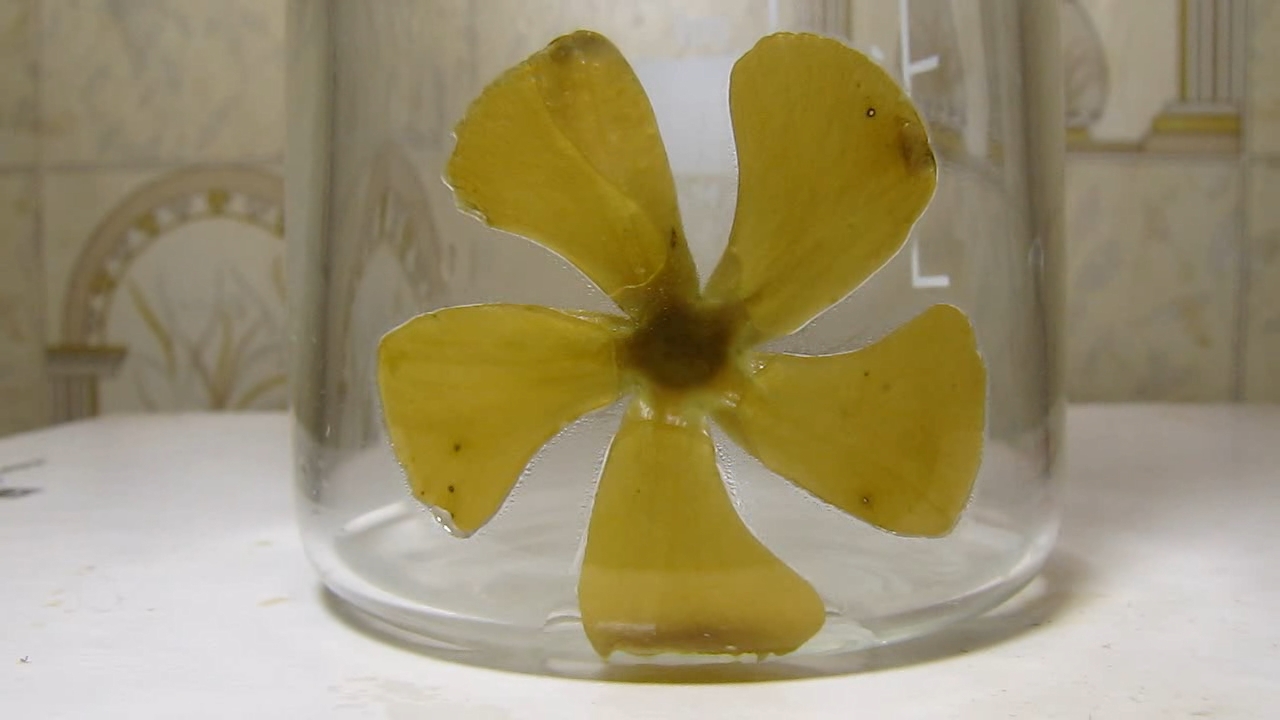
|

|
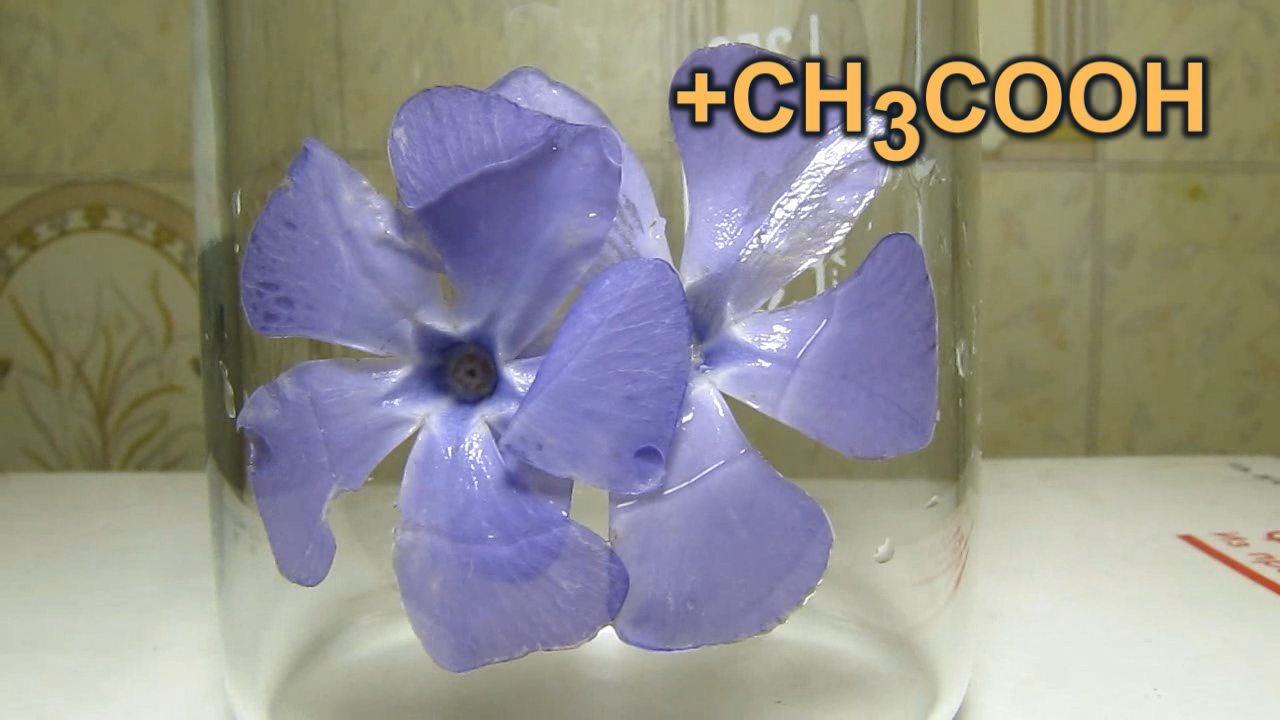
Flowers of Vinca minor and acetic acid |
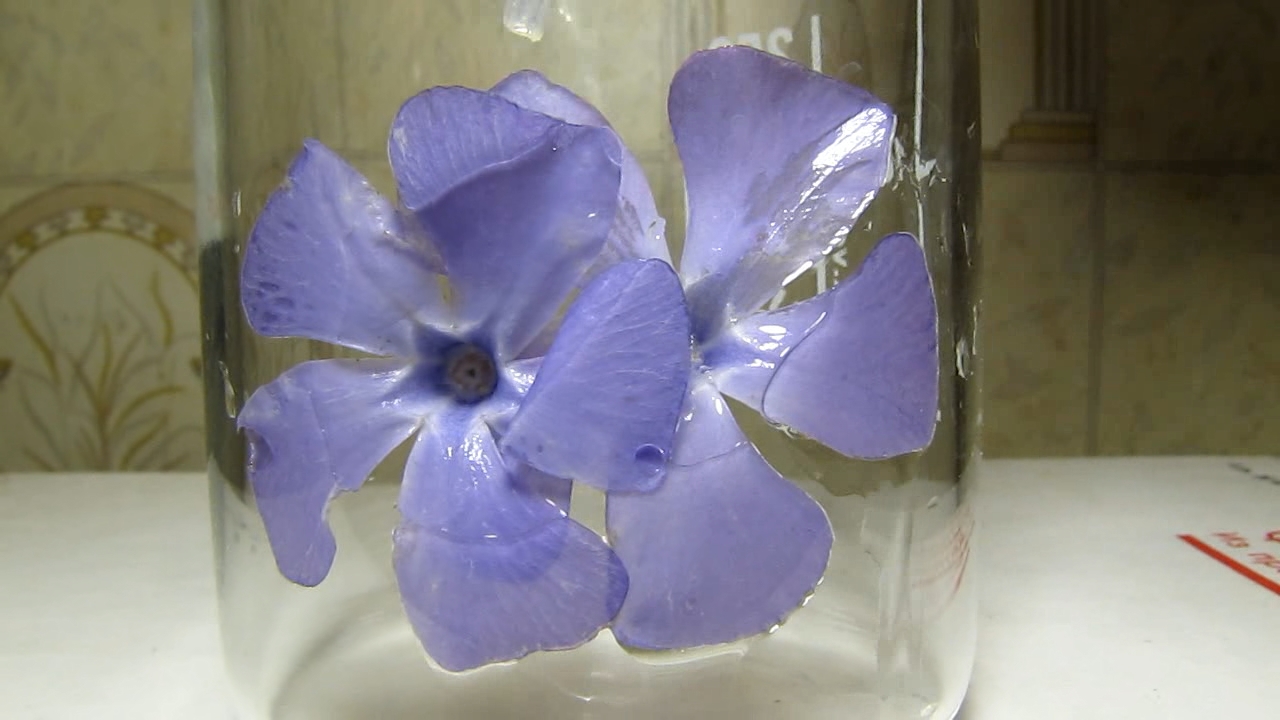
|
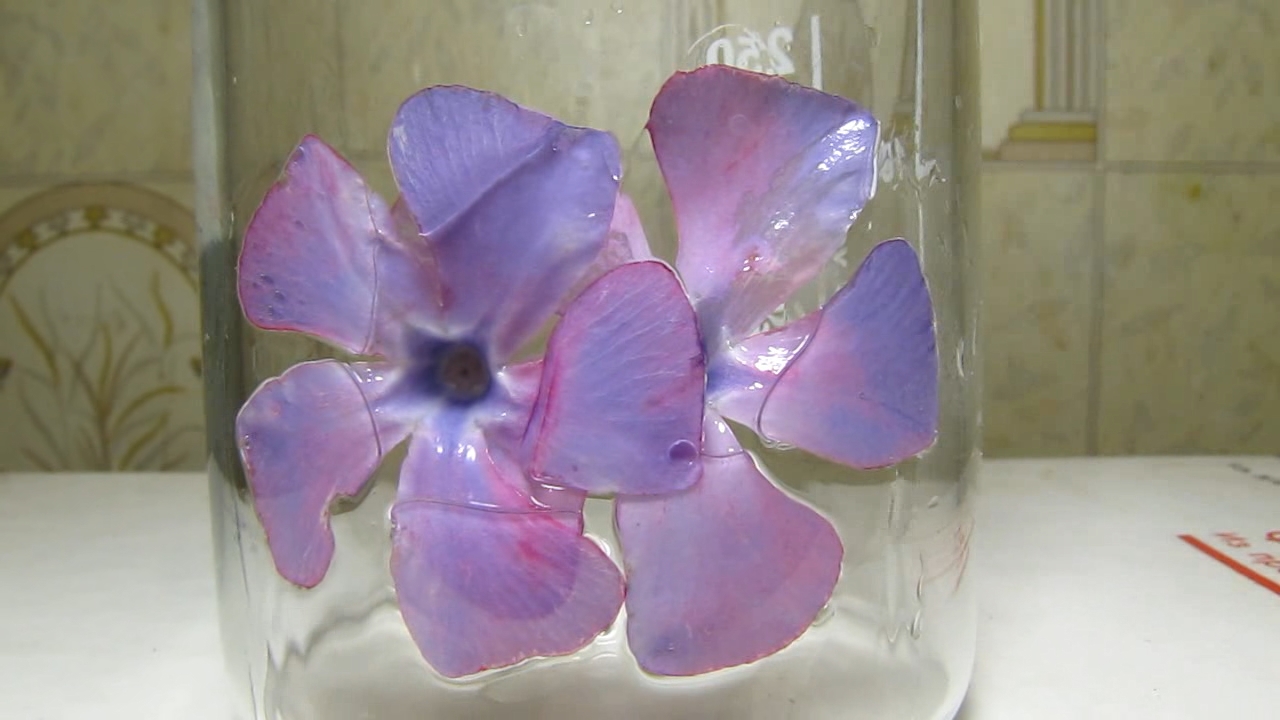
|

|

|
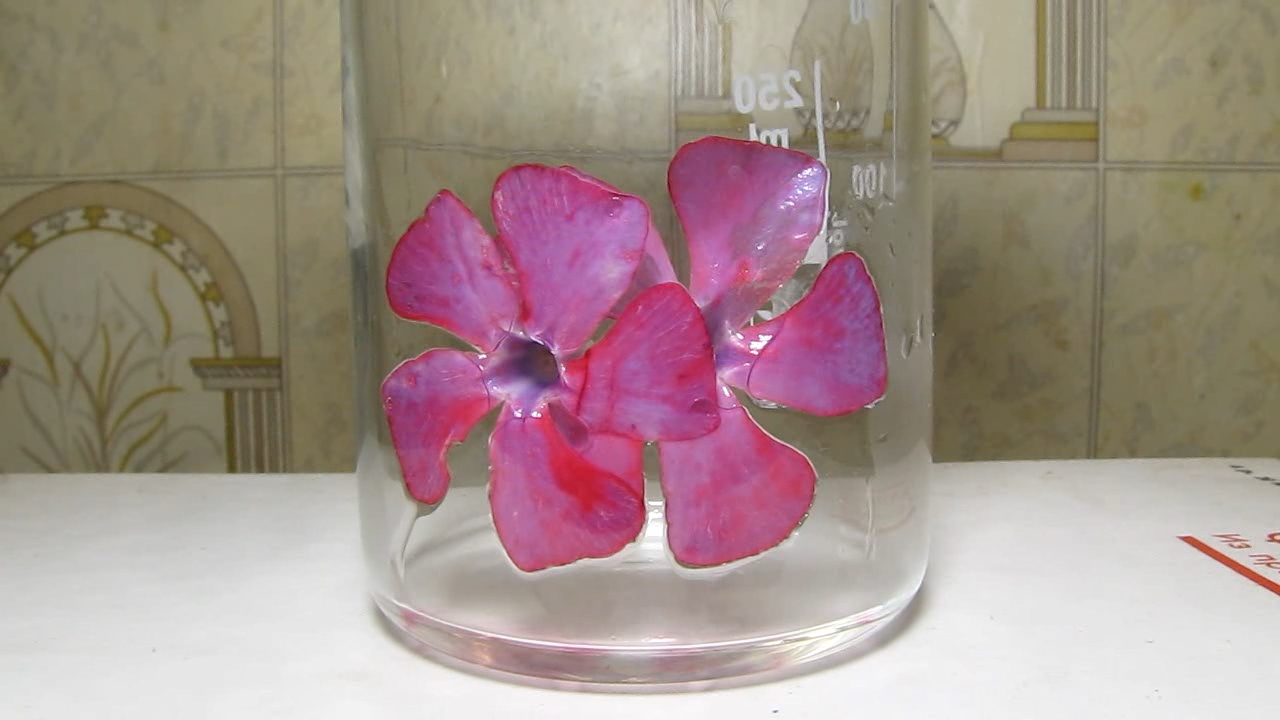
|
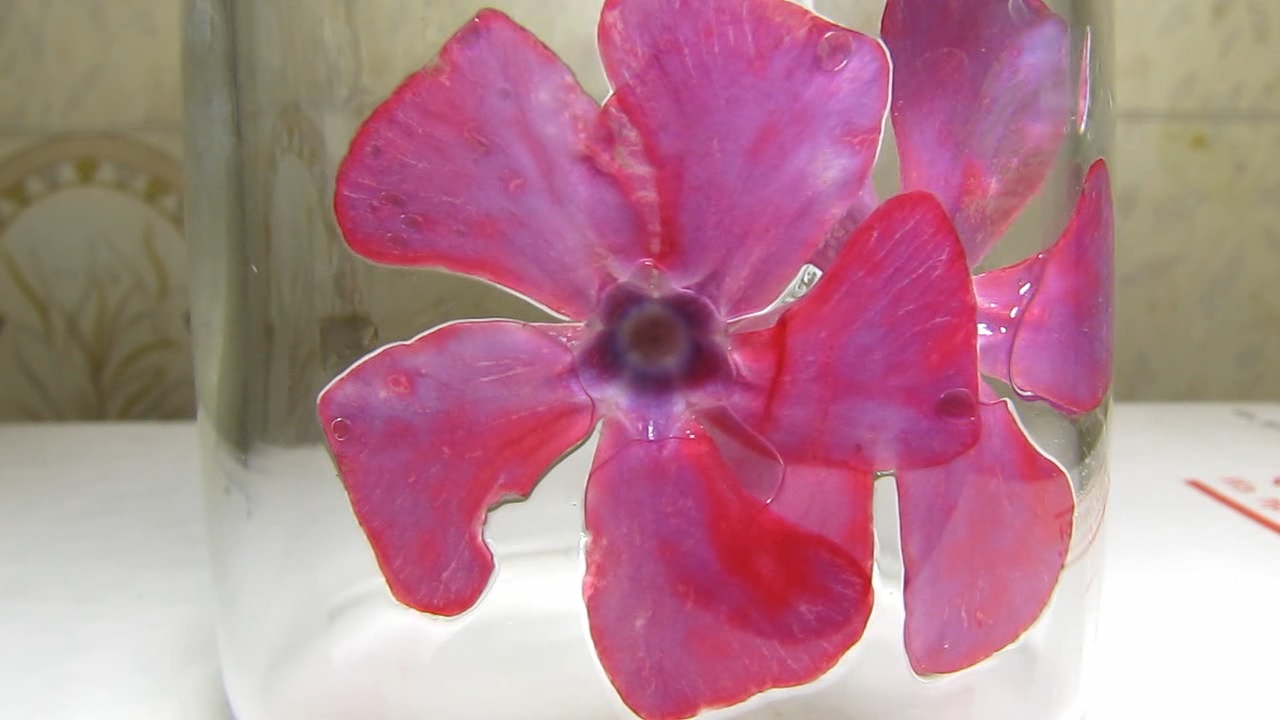
|

|

|

|
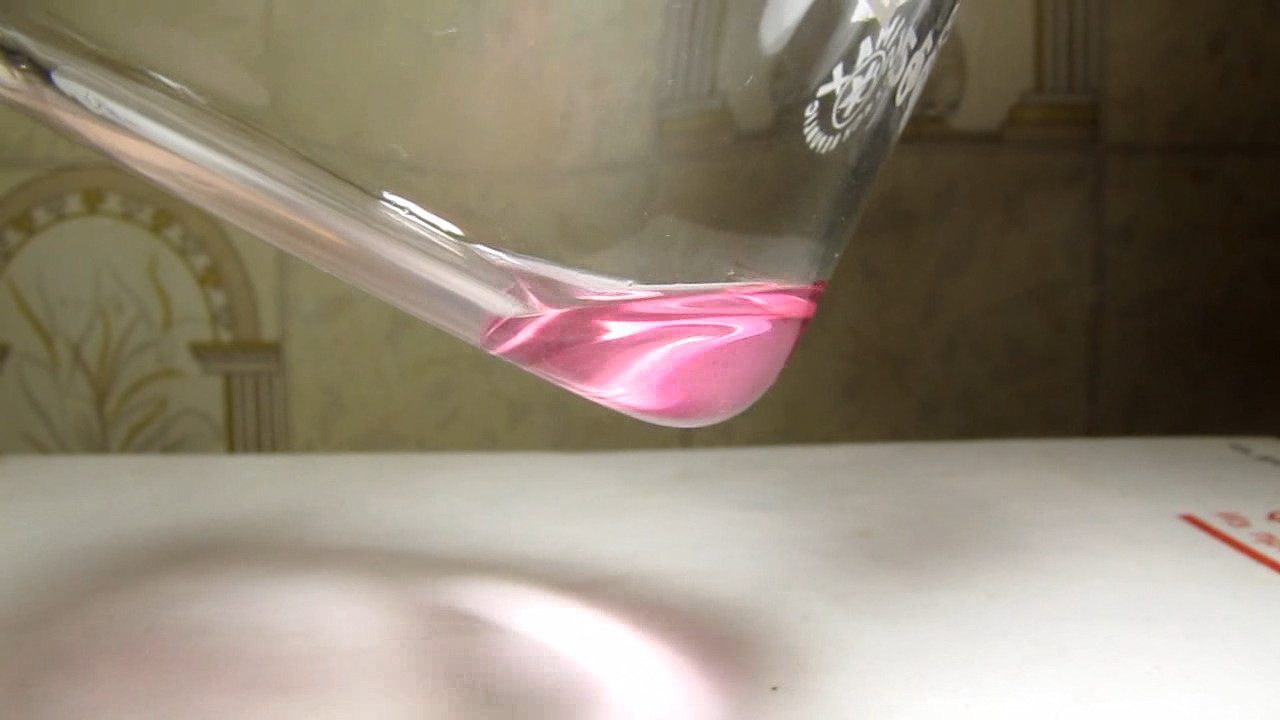
|
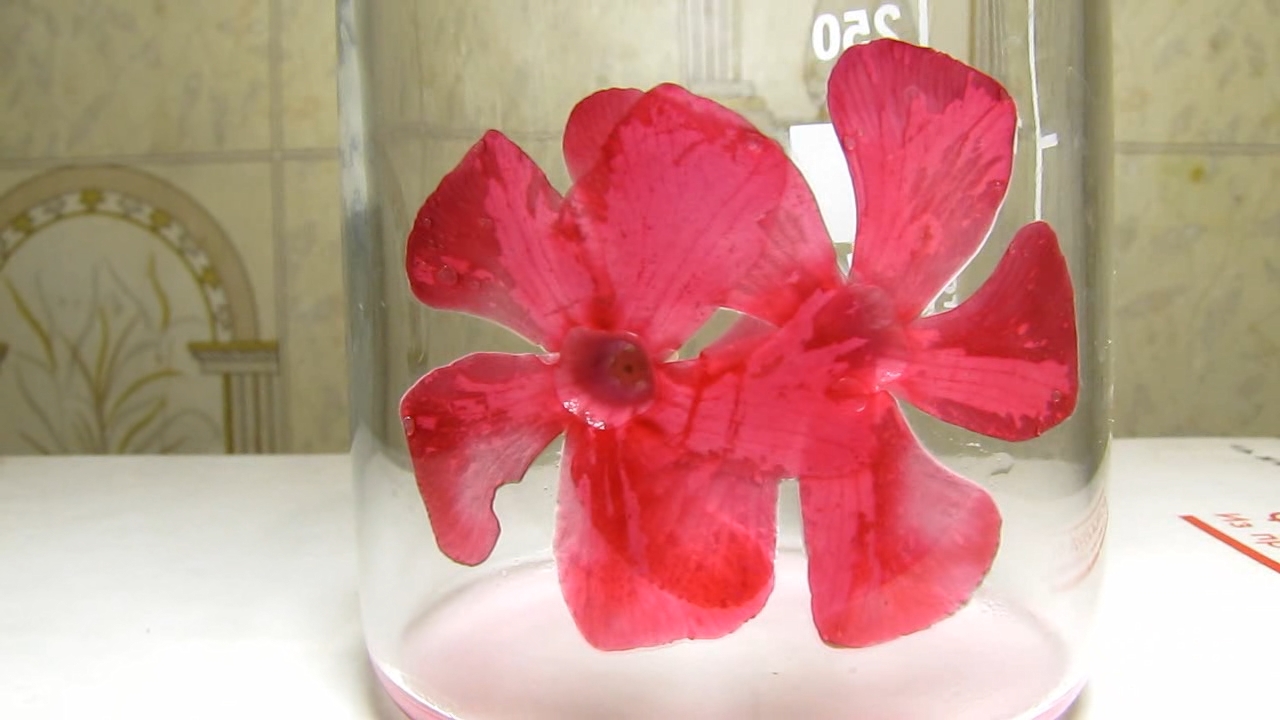
|
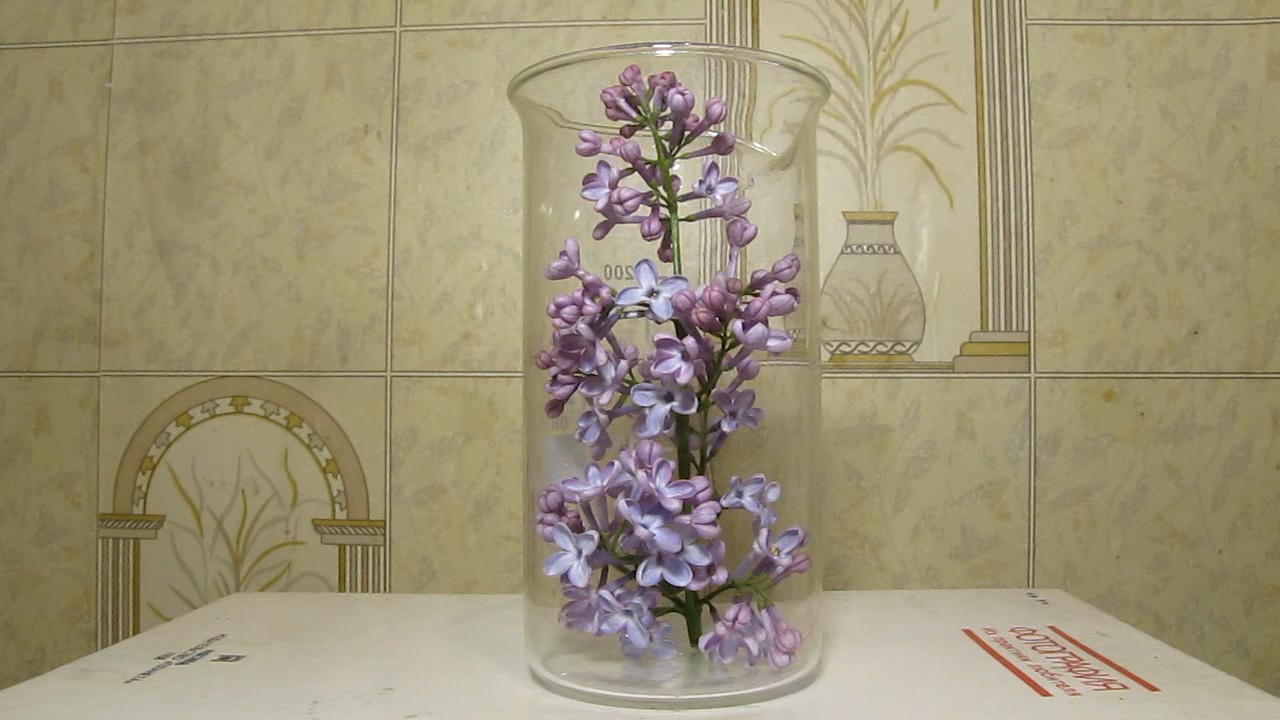
Lilac, ammonia and acetic acid |
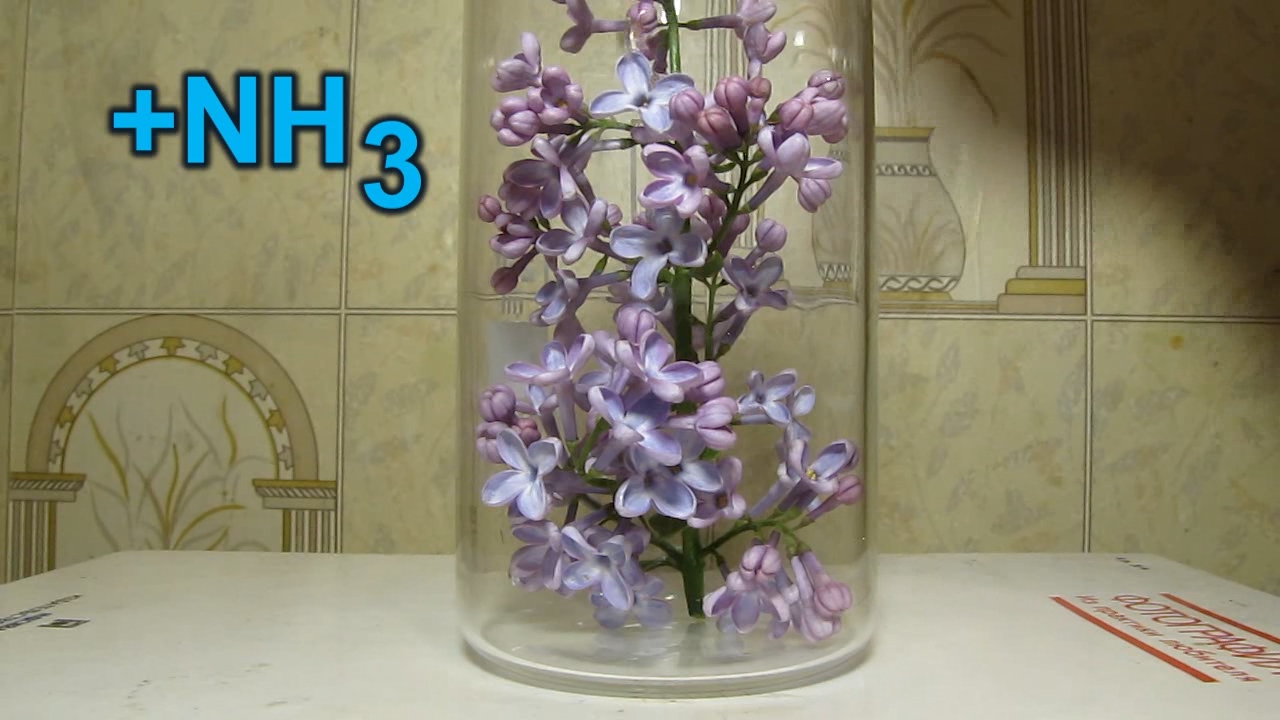
|
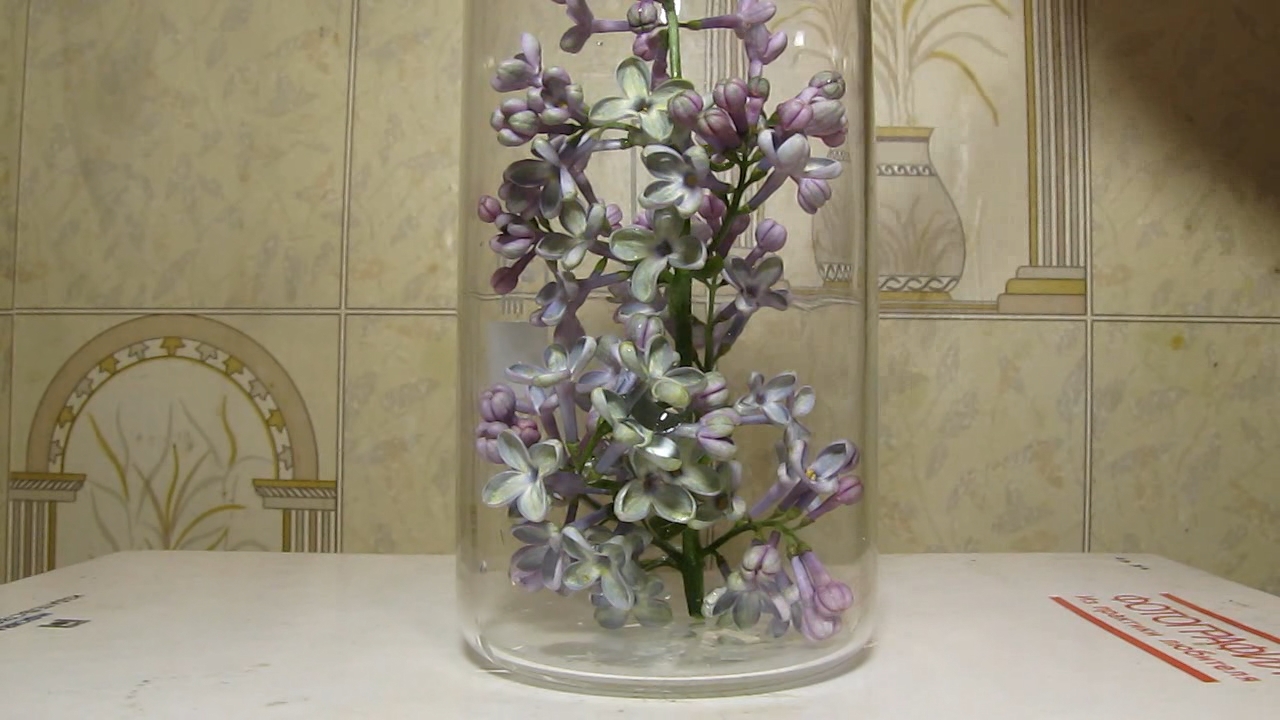
|
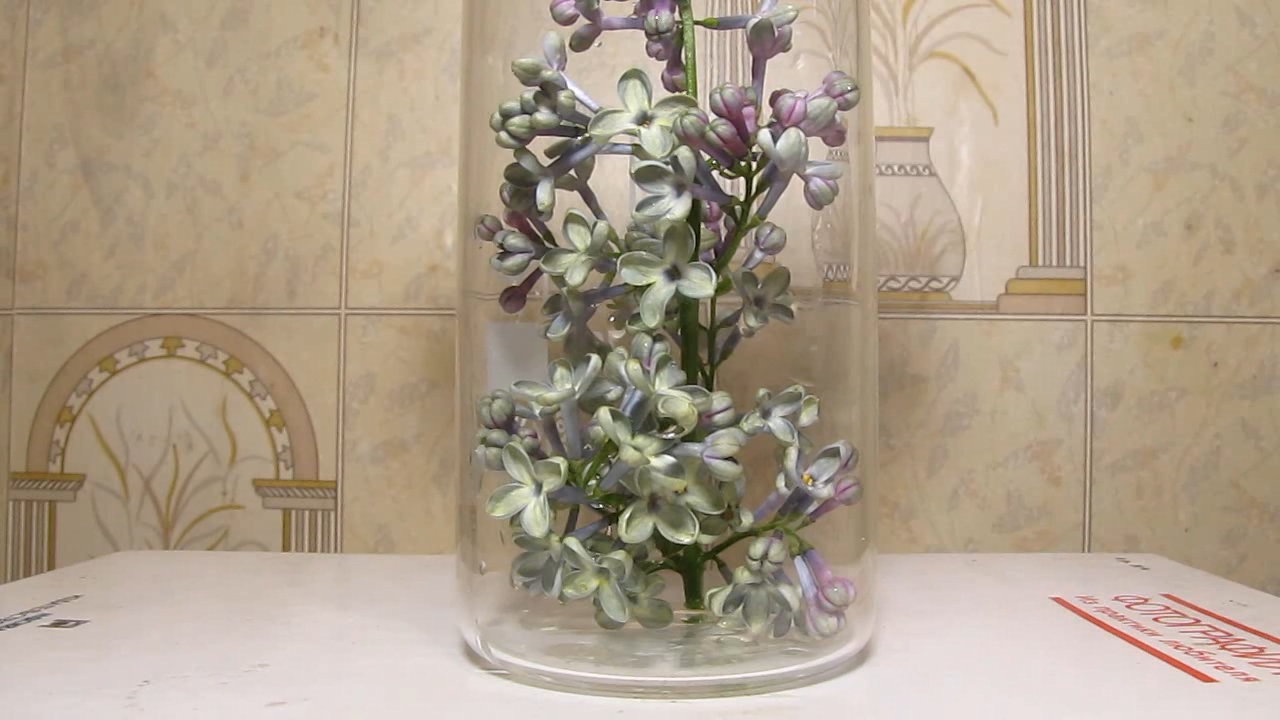
|
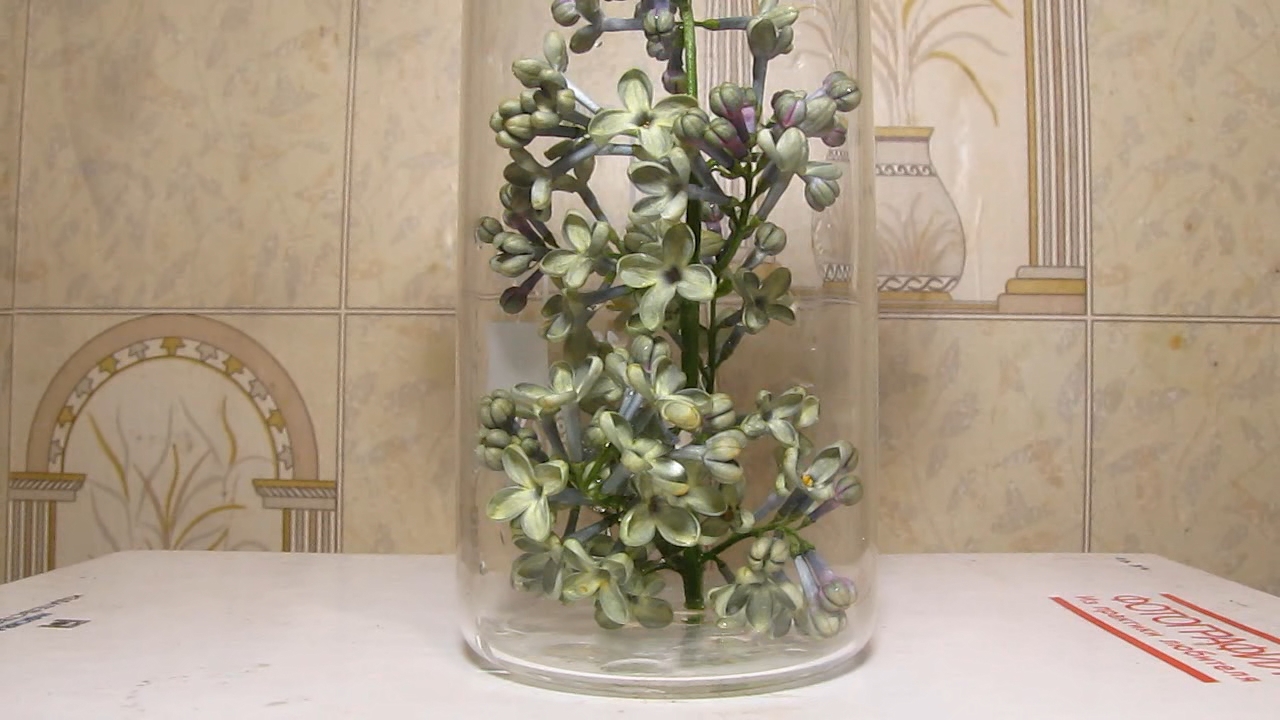
|
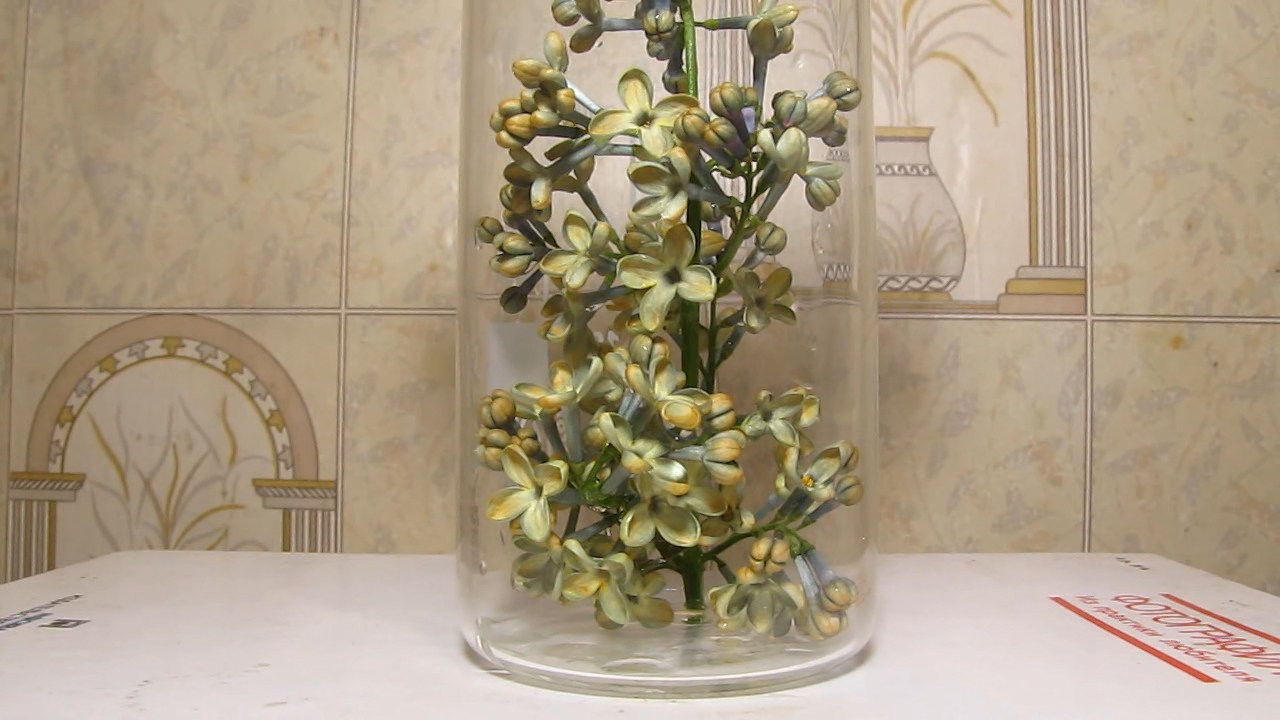
|
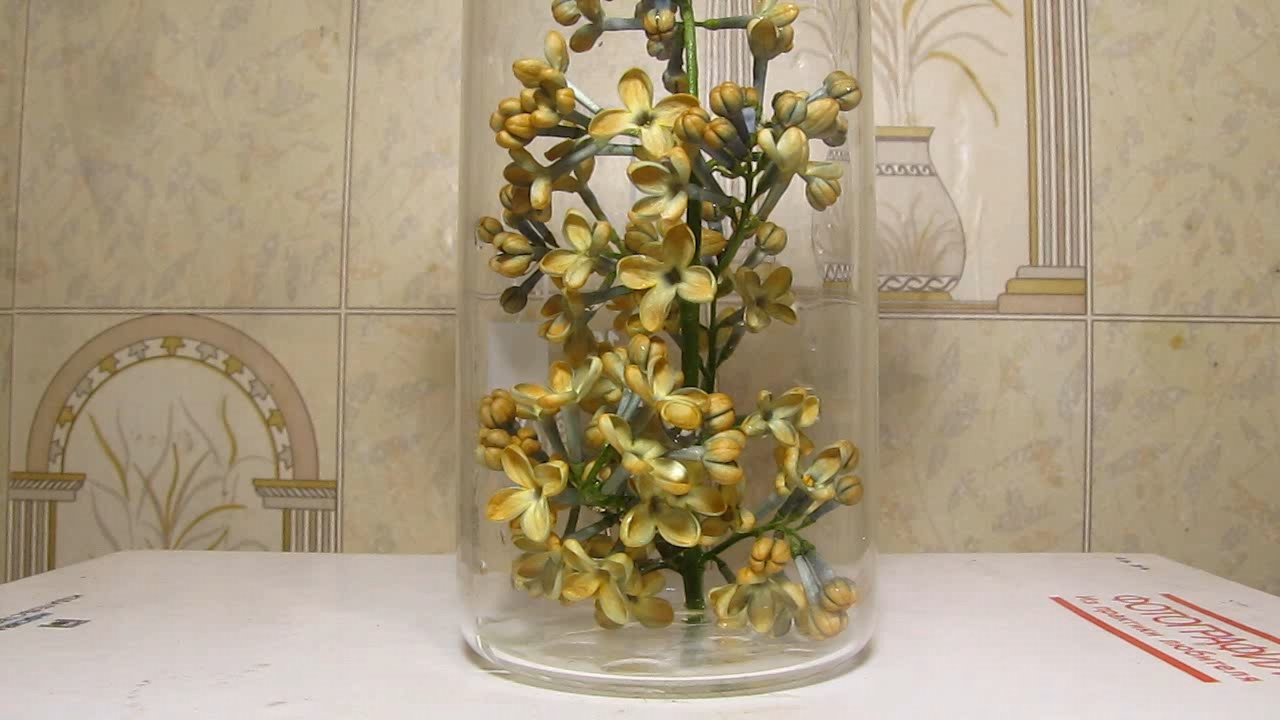
|
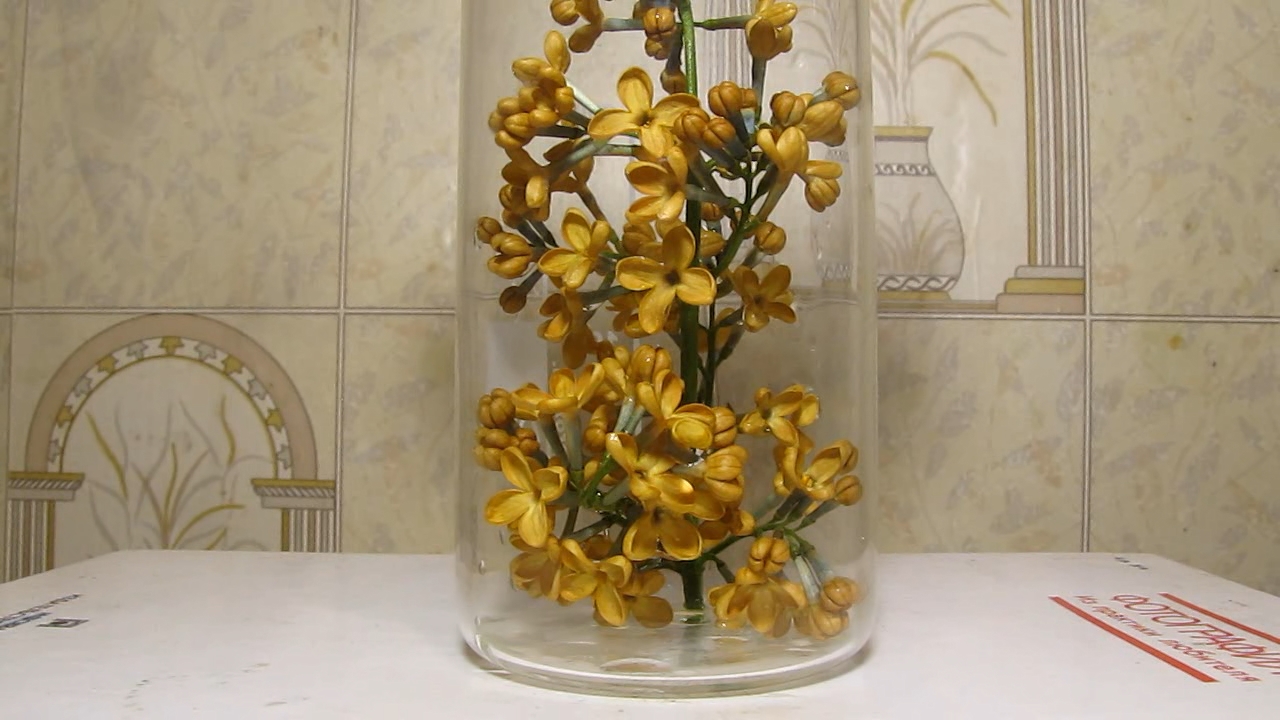
|

|
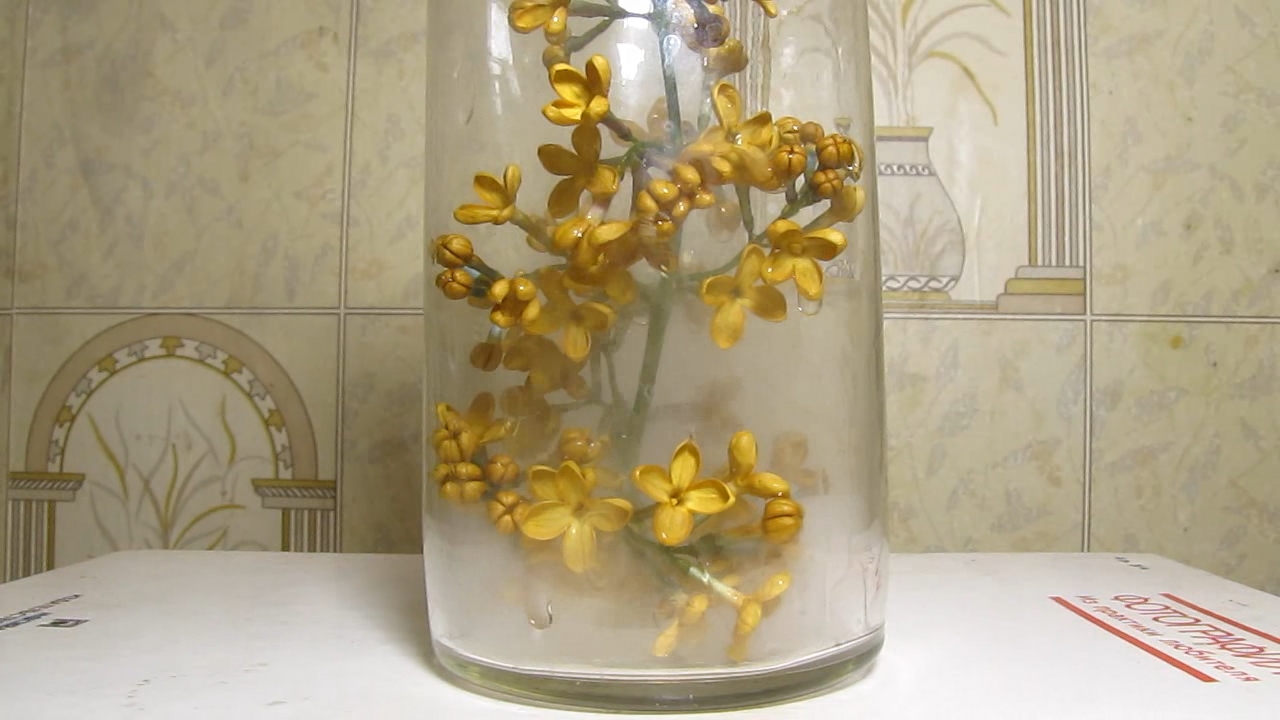
|
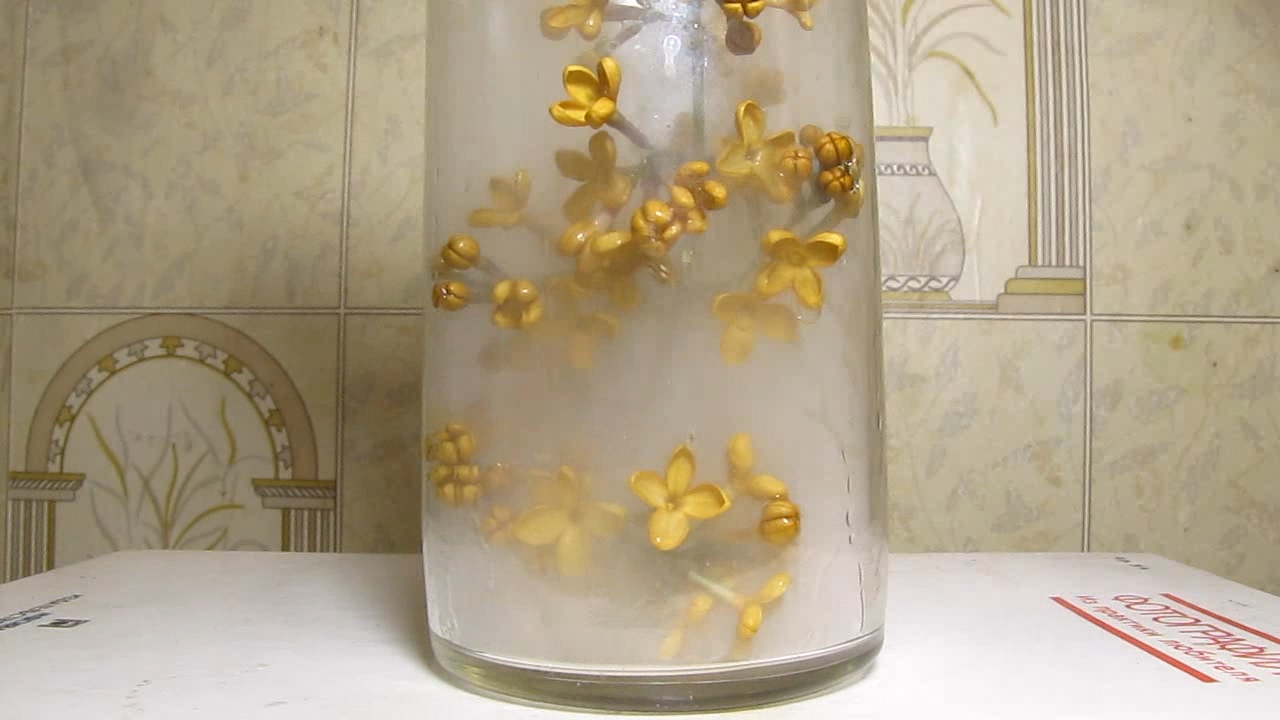
|

|
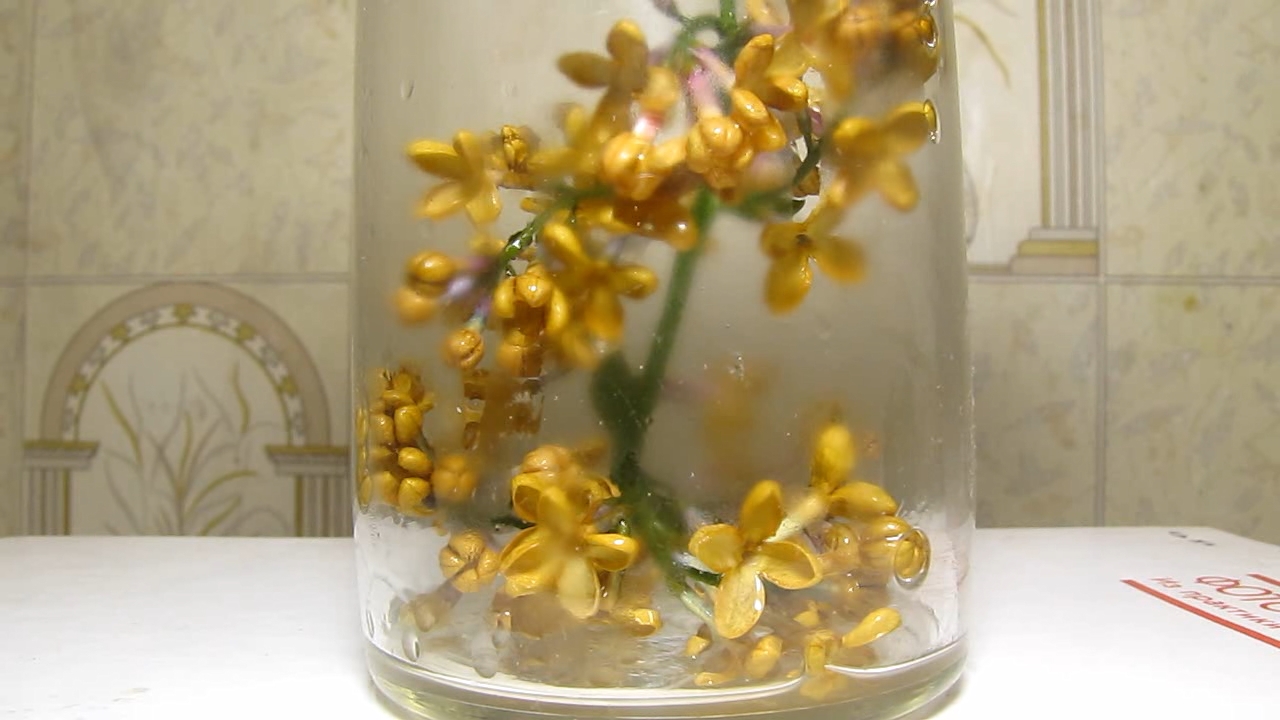
|
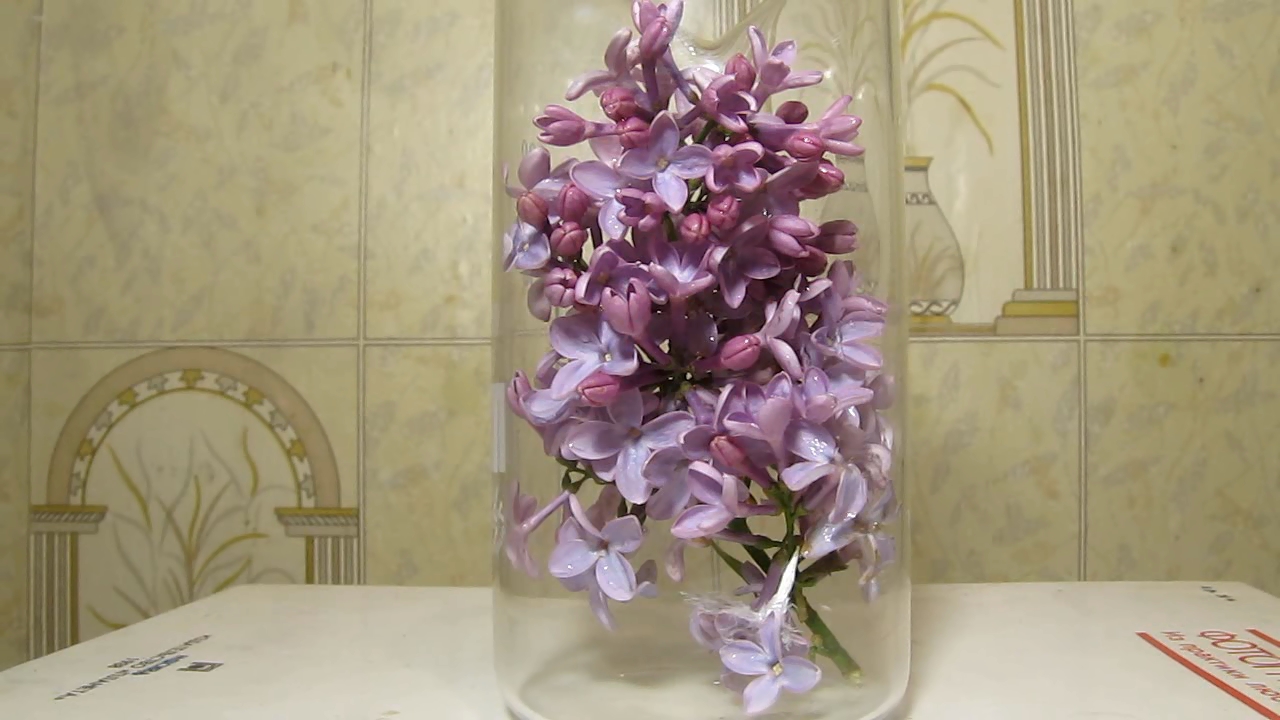
Lilac and ammonia |
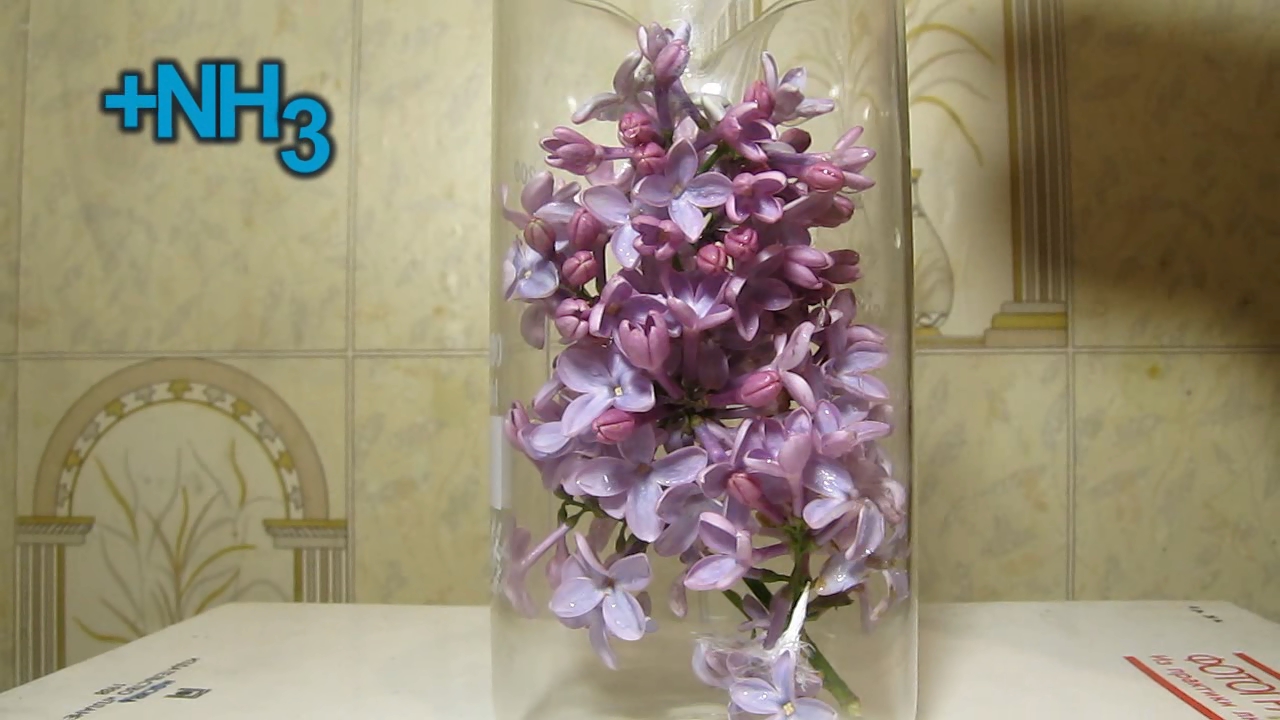
|
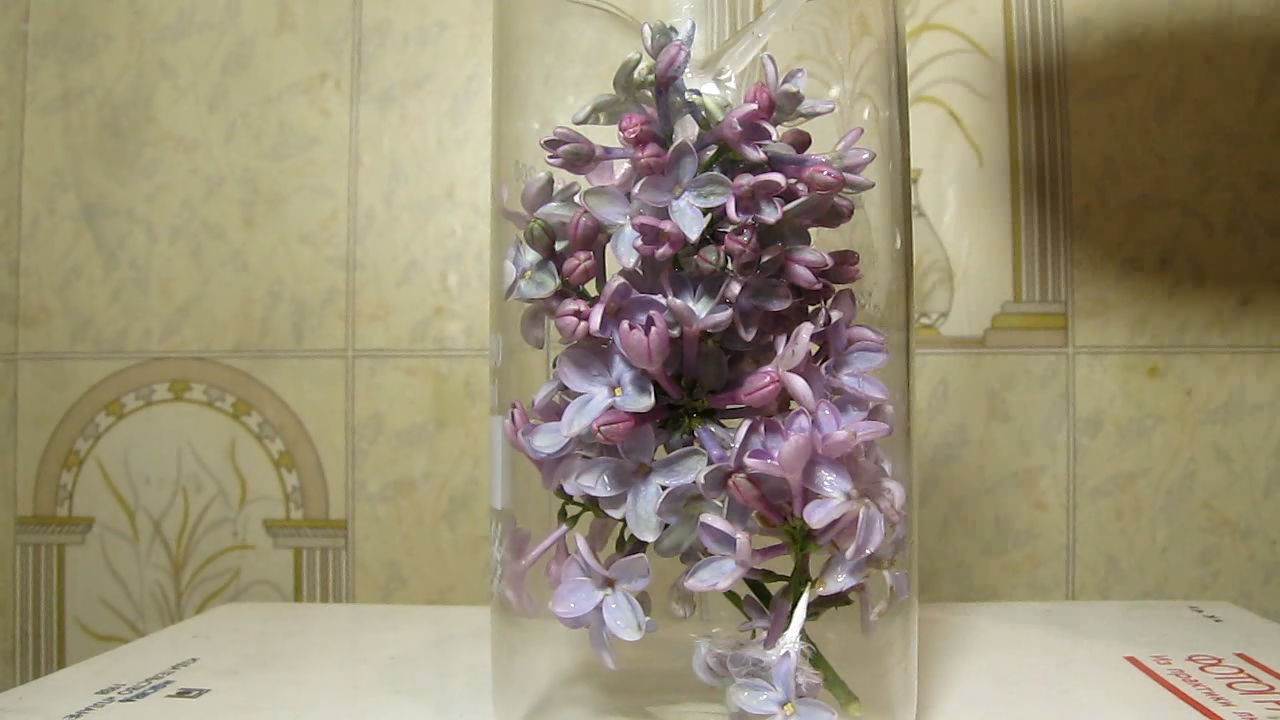
|
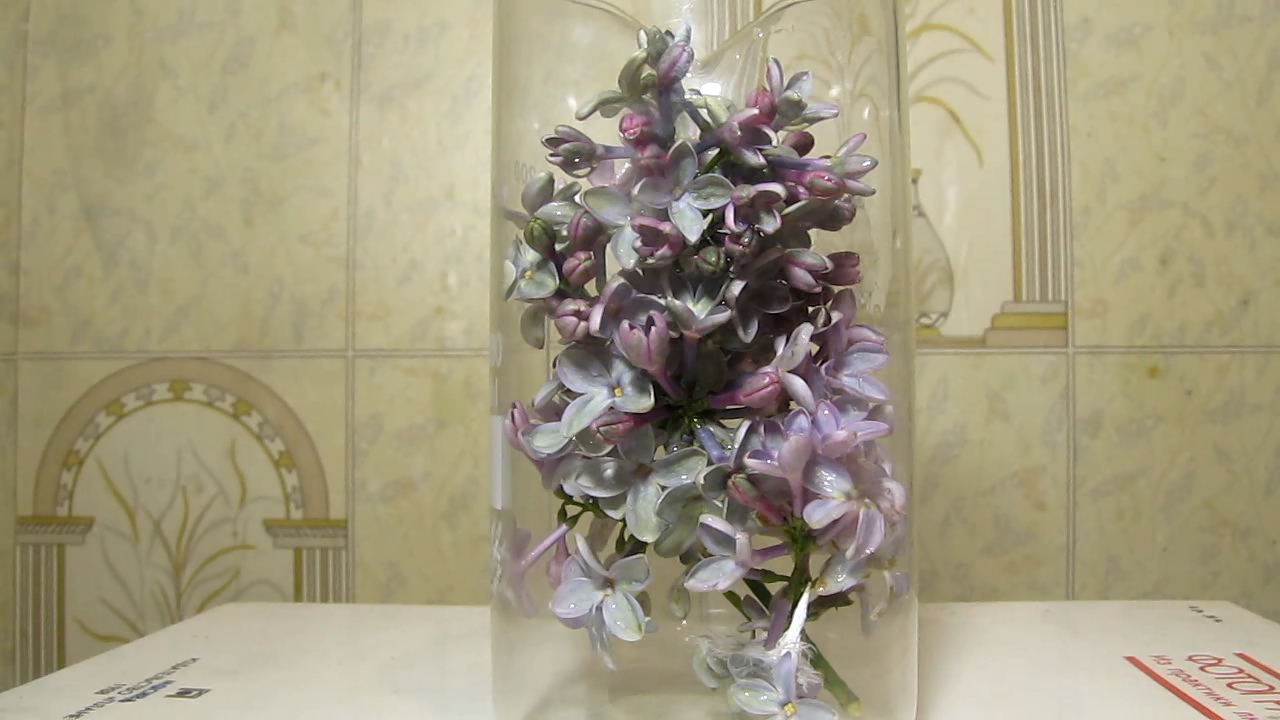
|
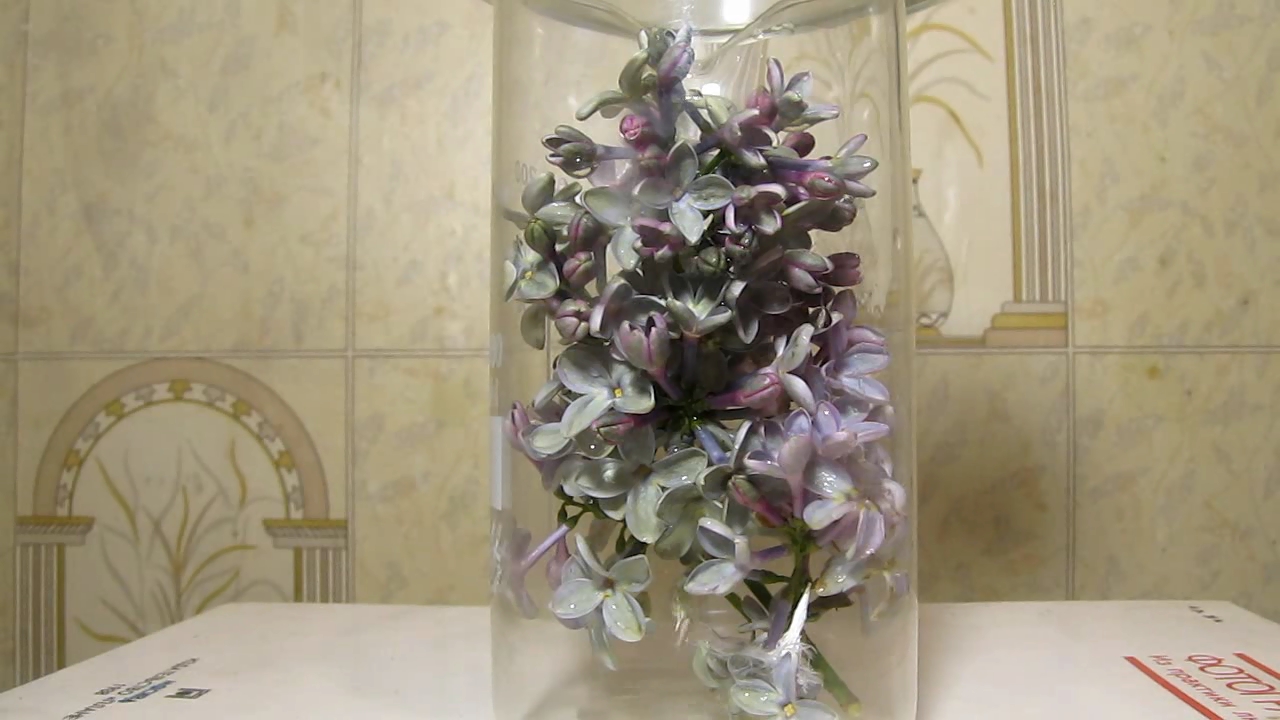
|

|

|
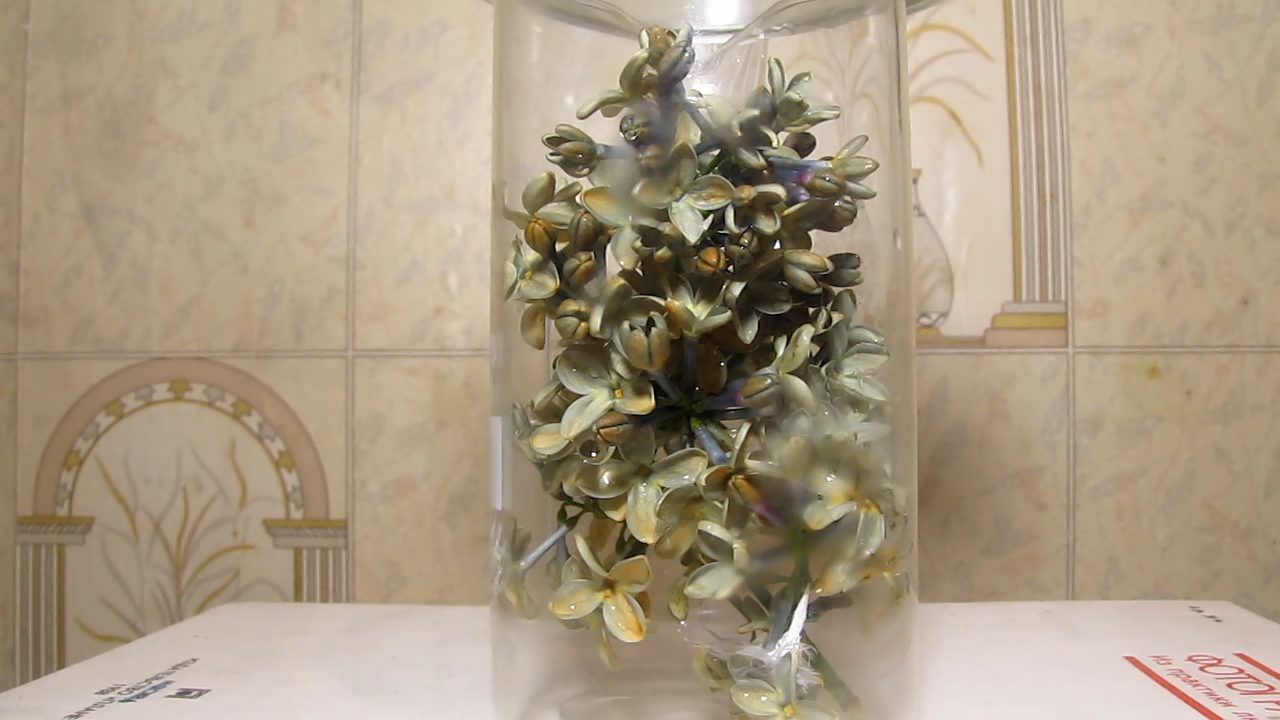
|

|
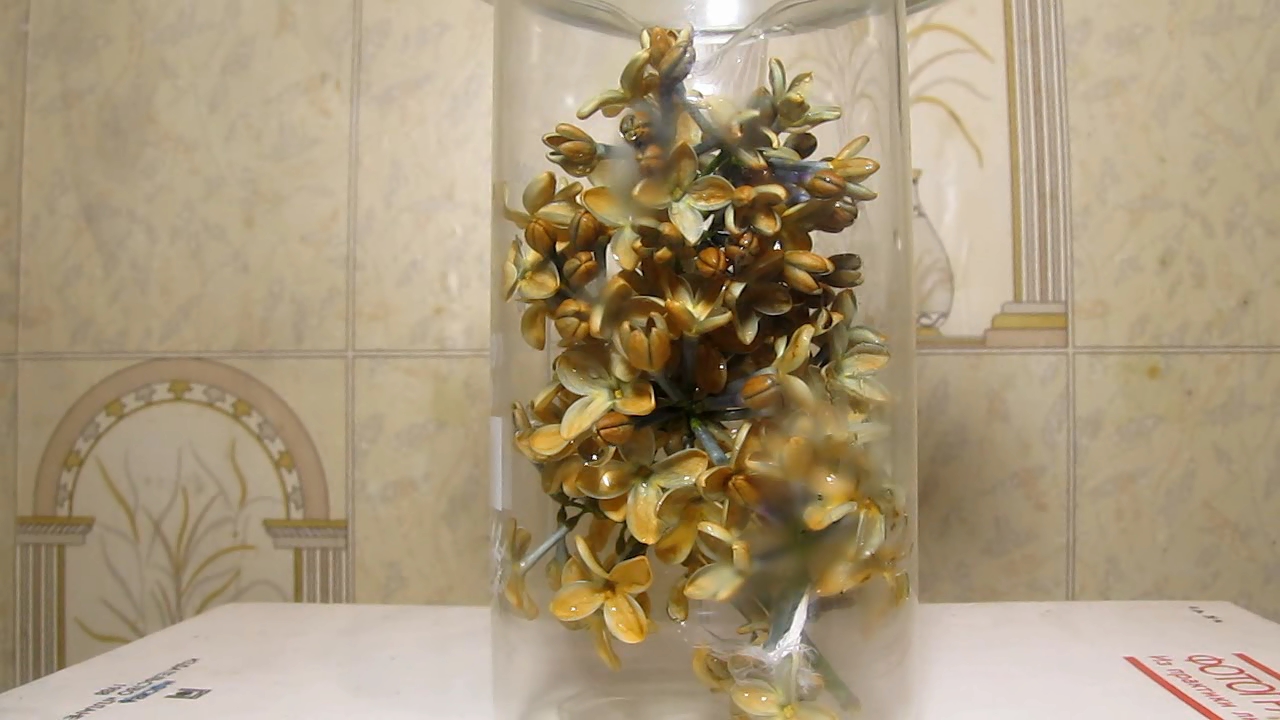
|
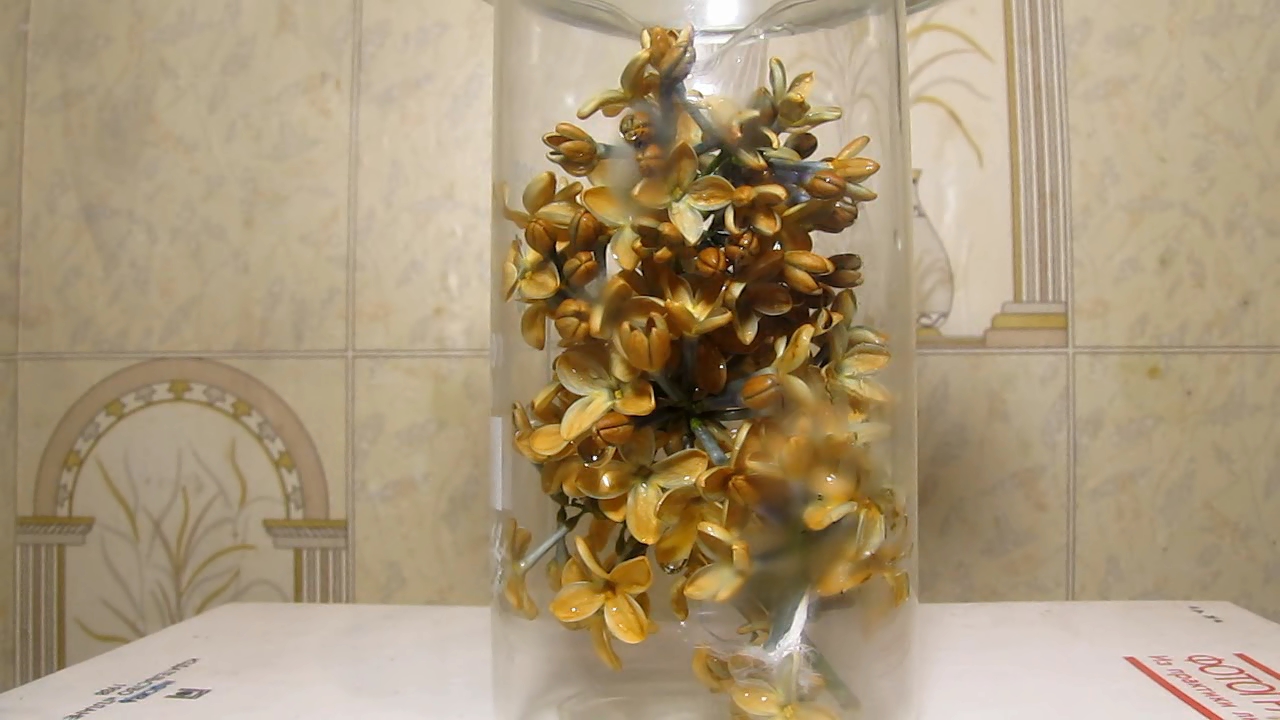
|
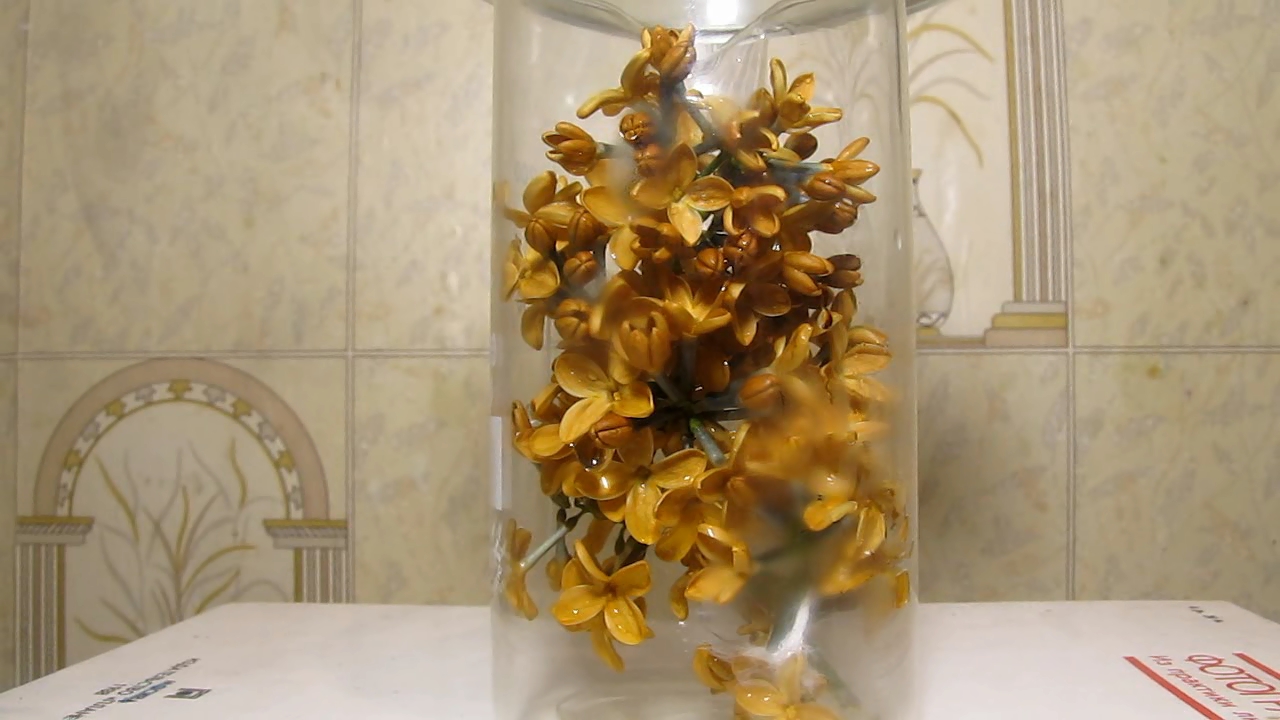
|
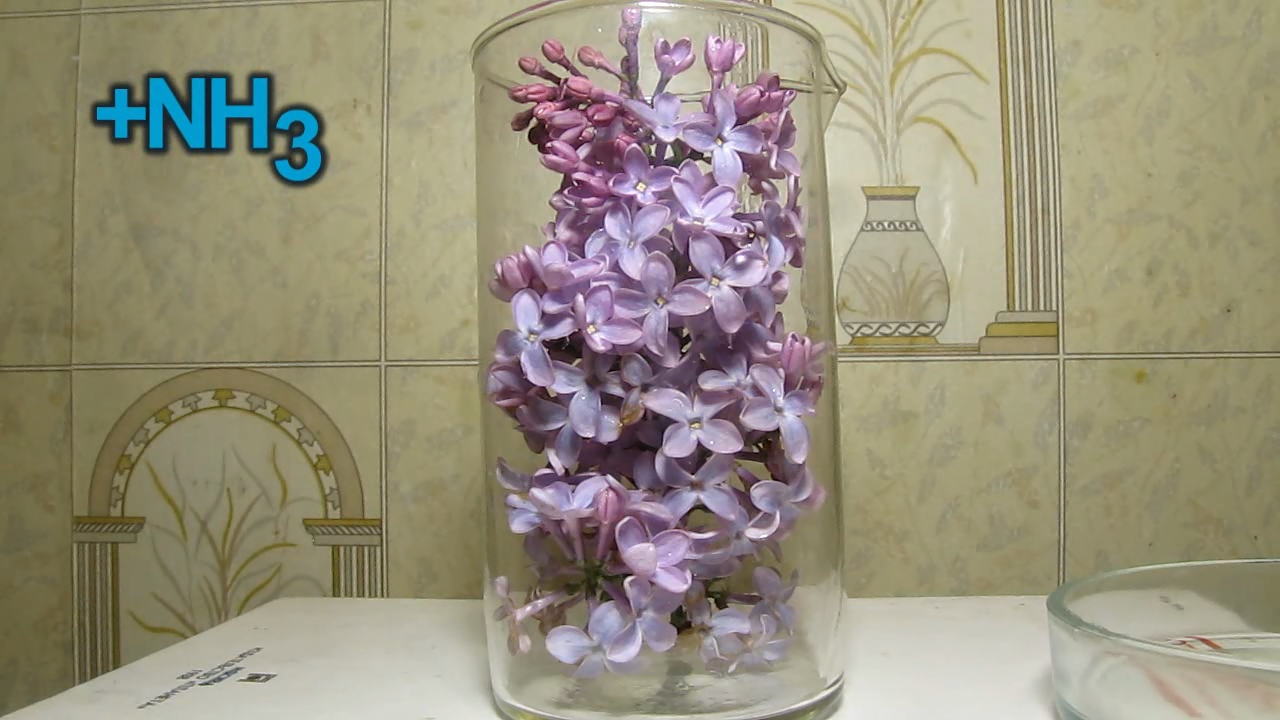
|
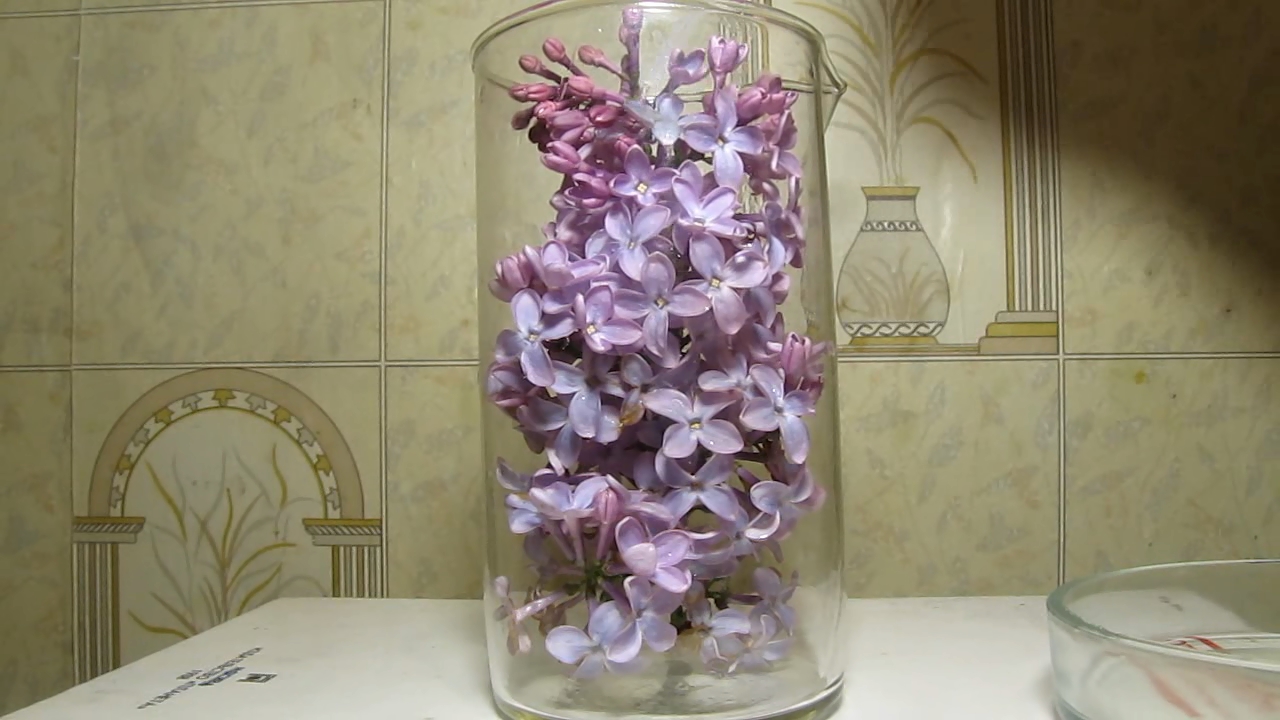
|
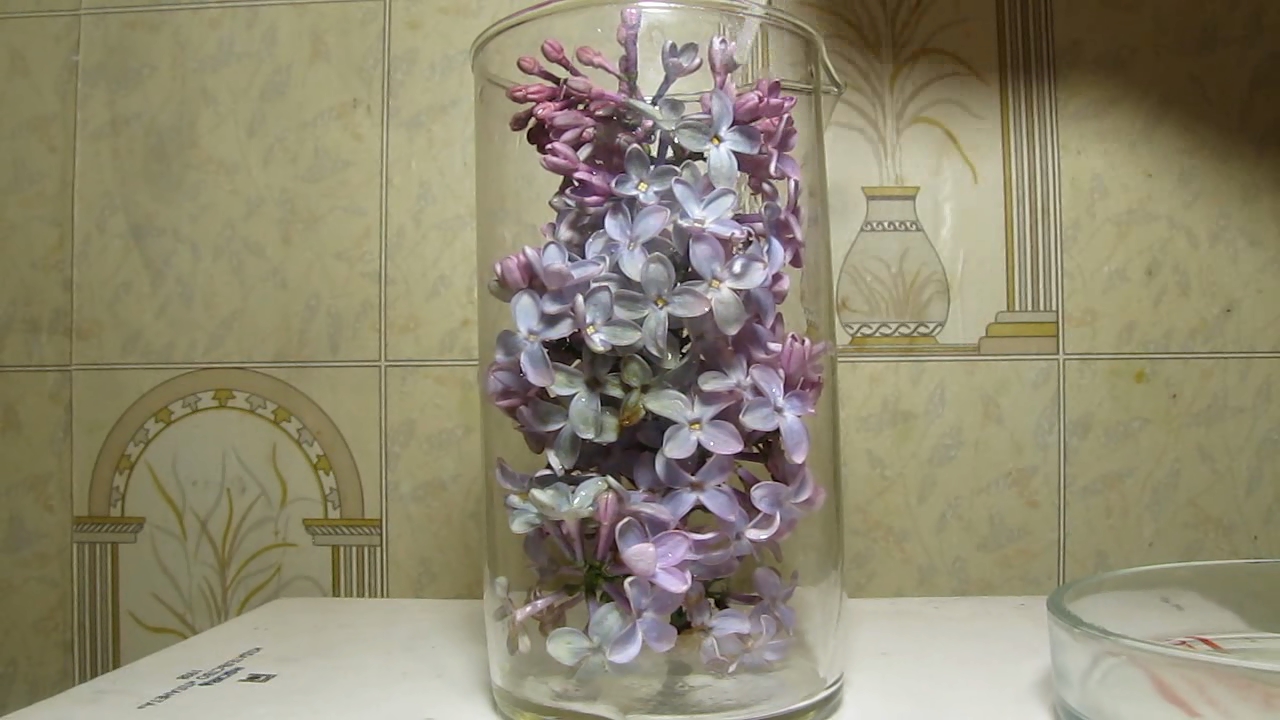
|
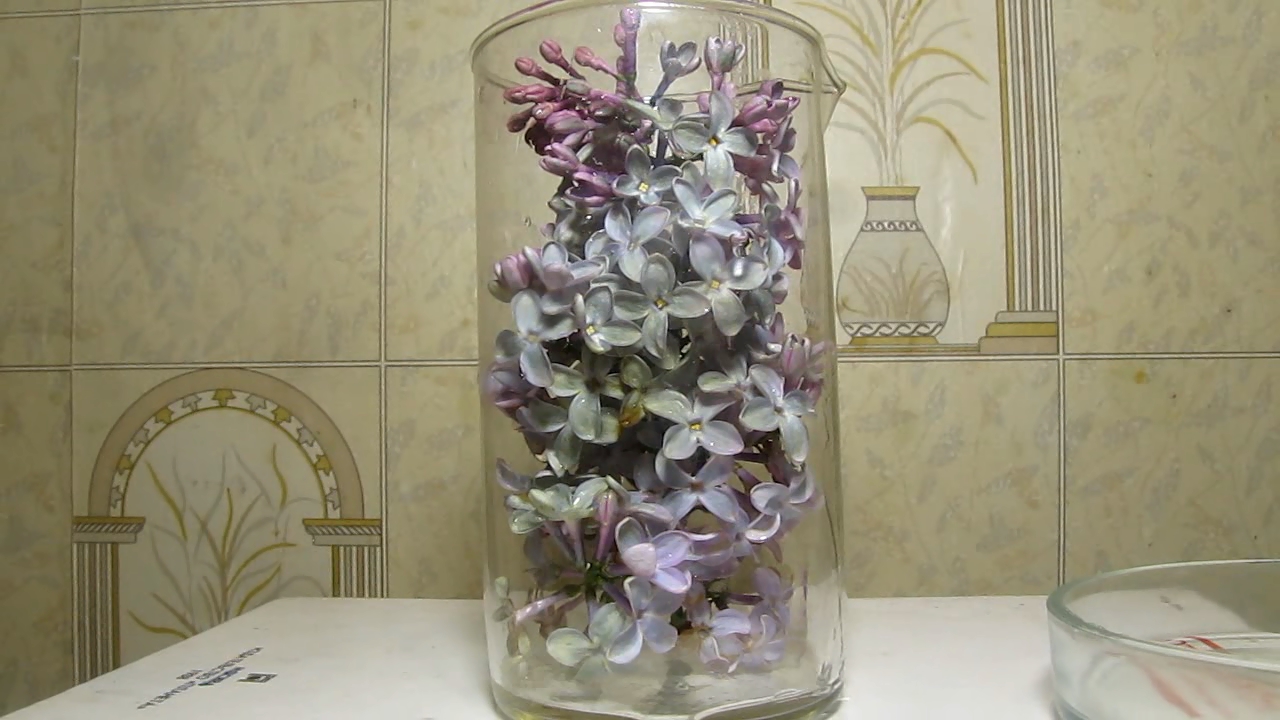
|

|

|
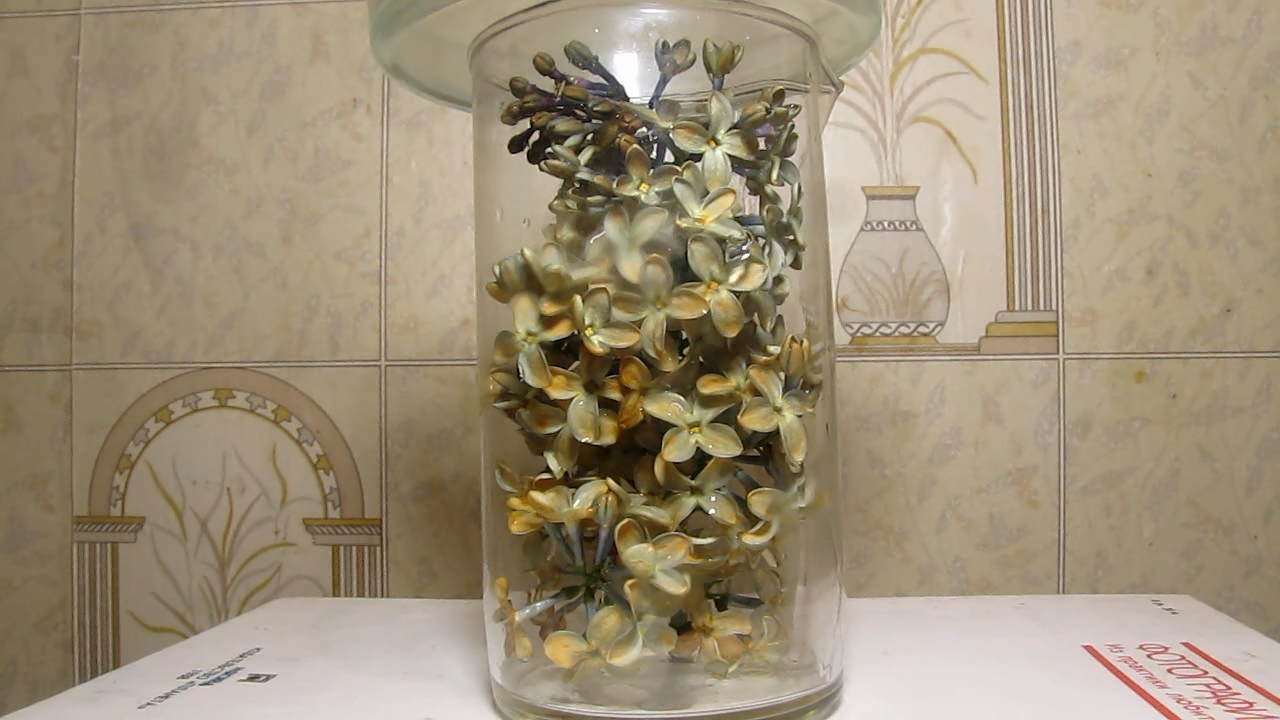
|
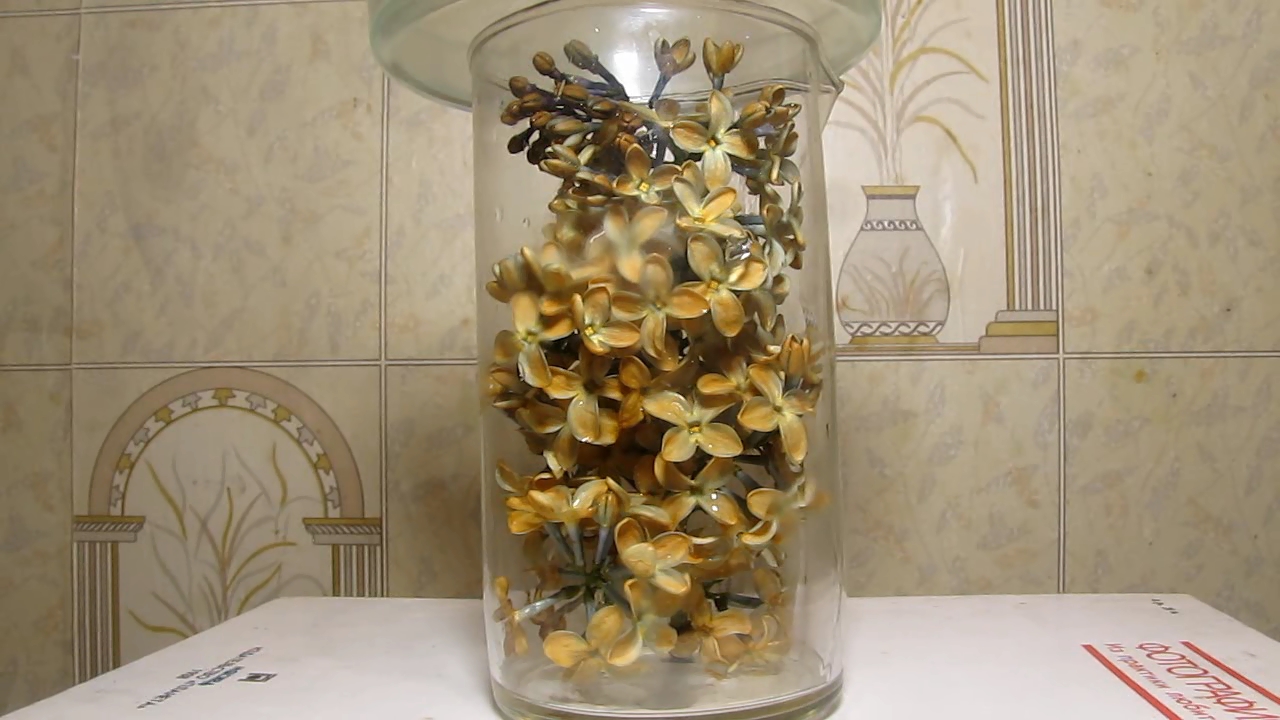
|
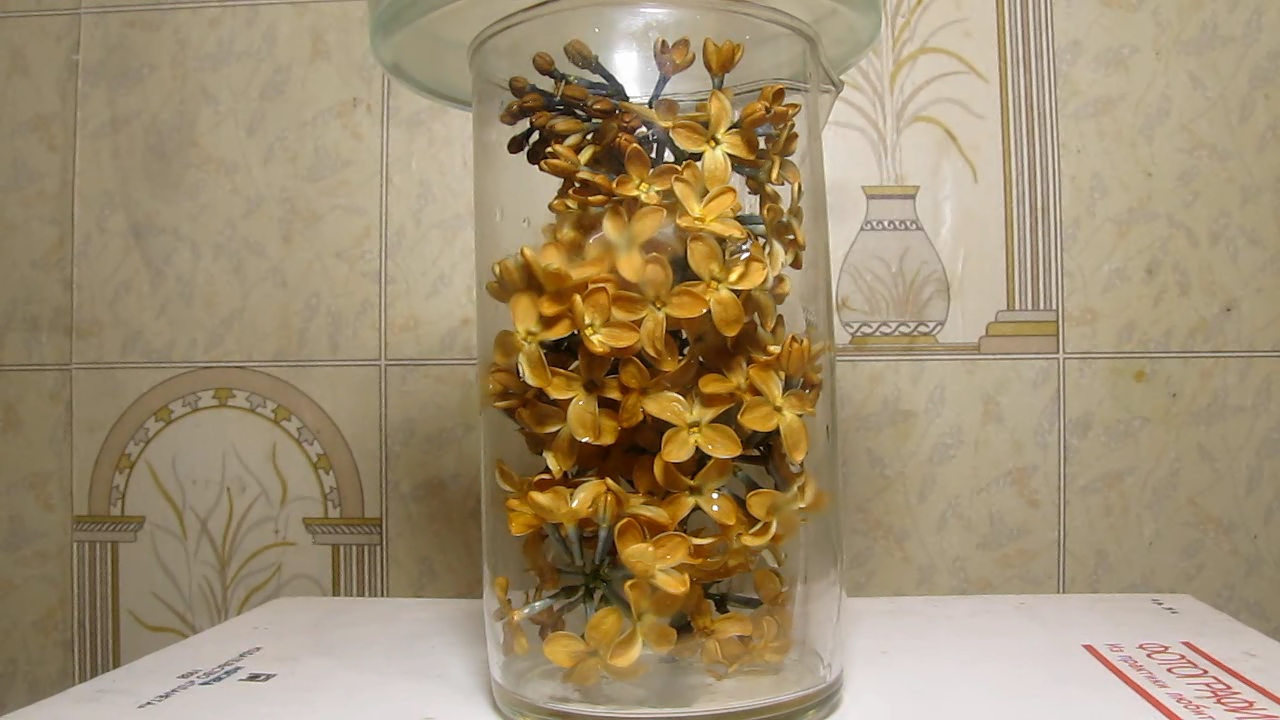
|
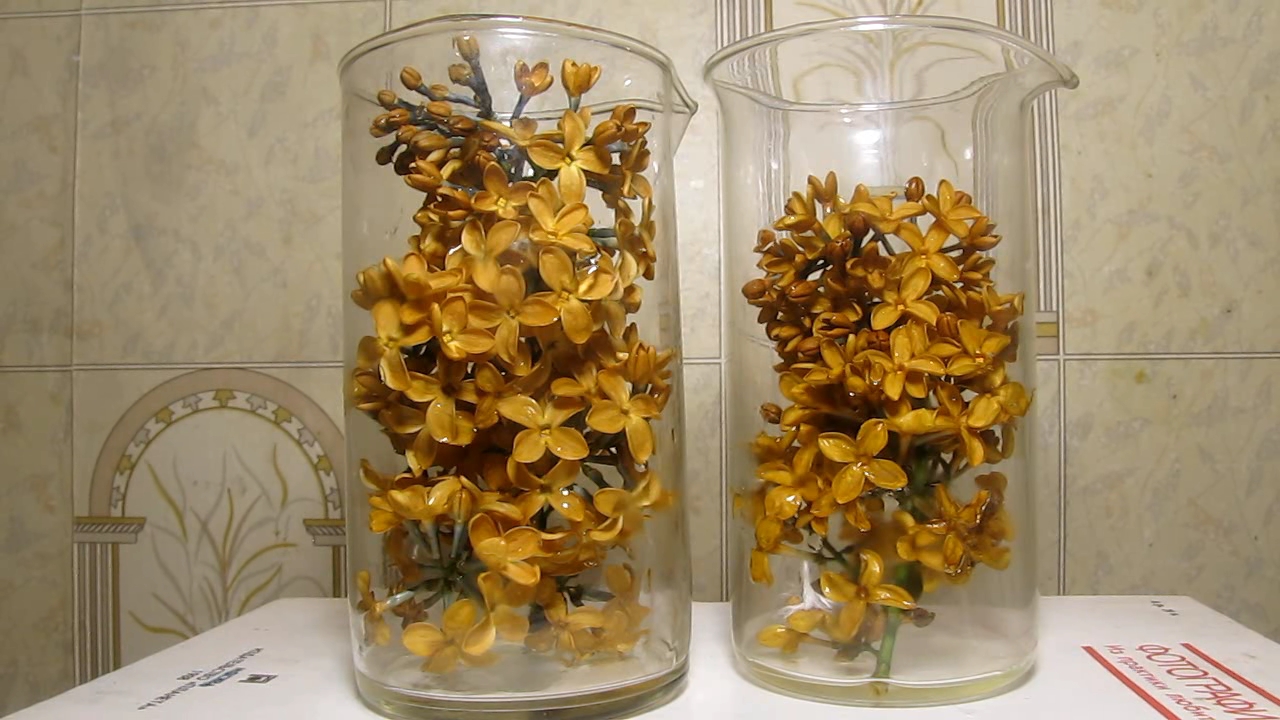
|
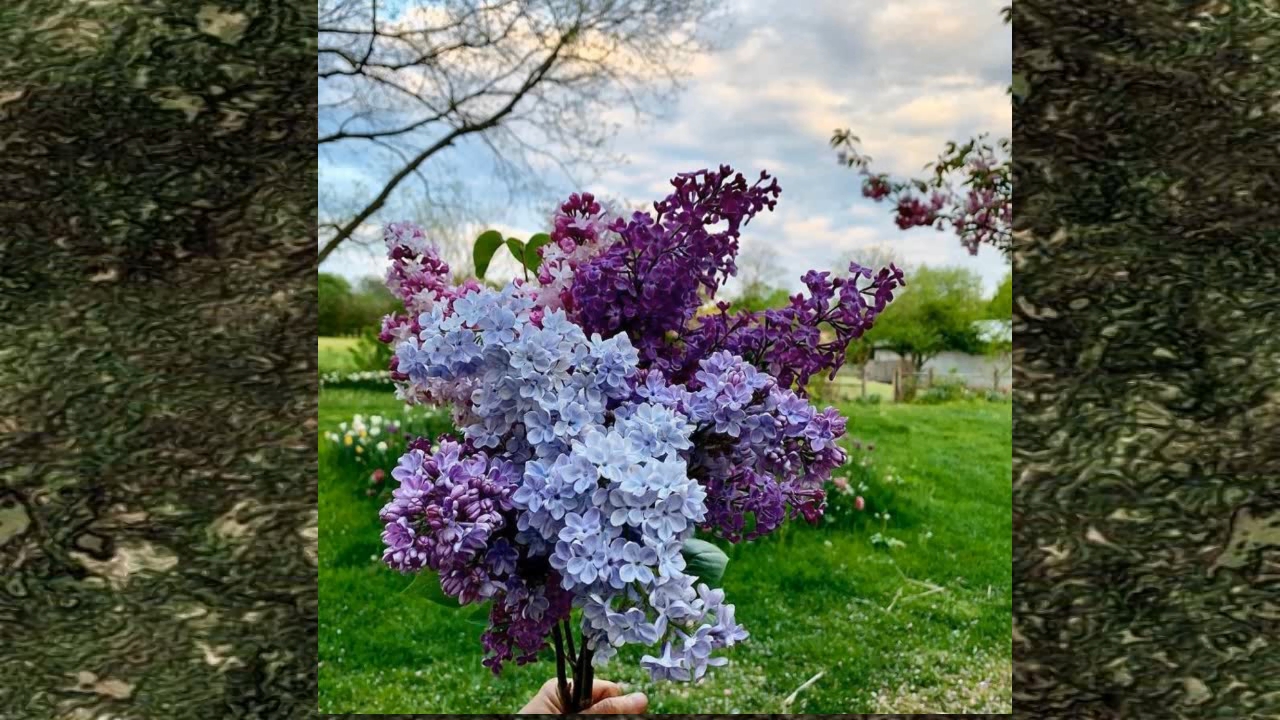
|